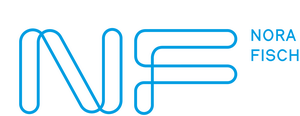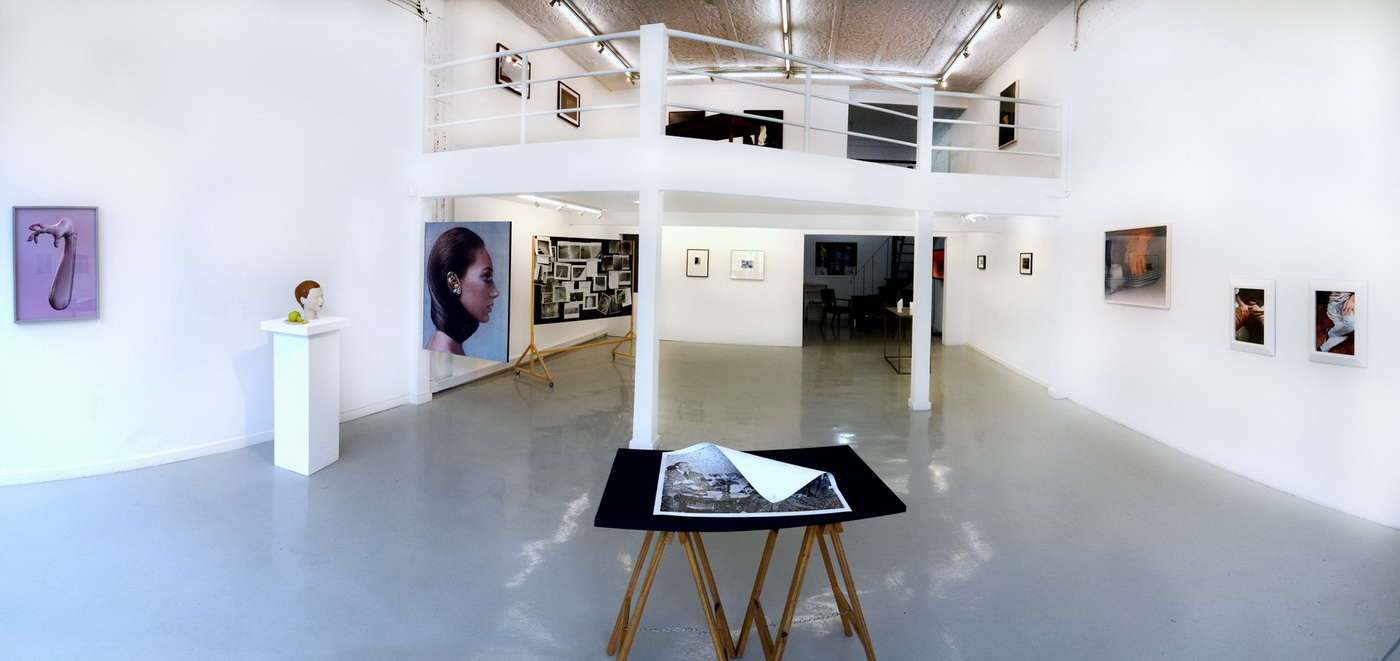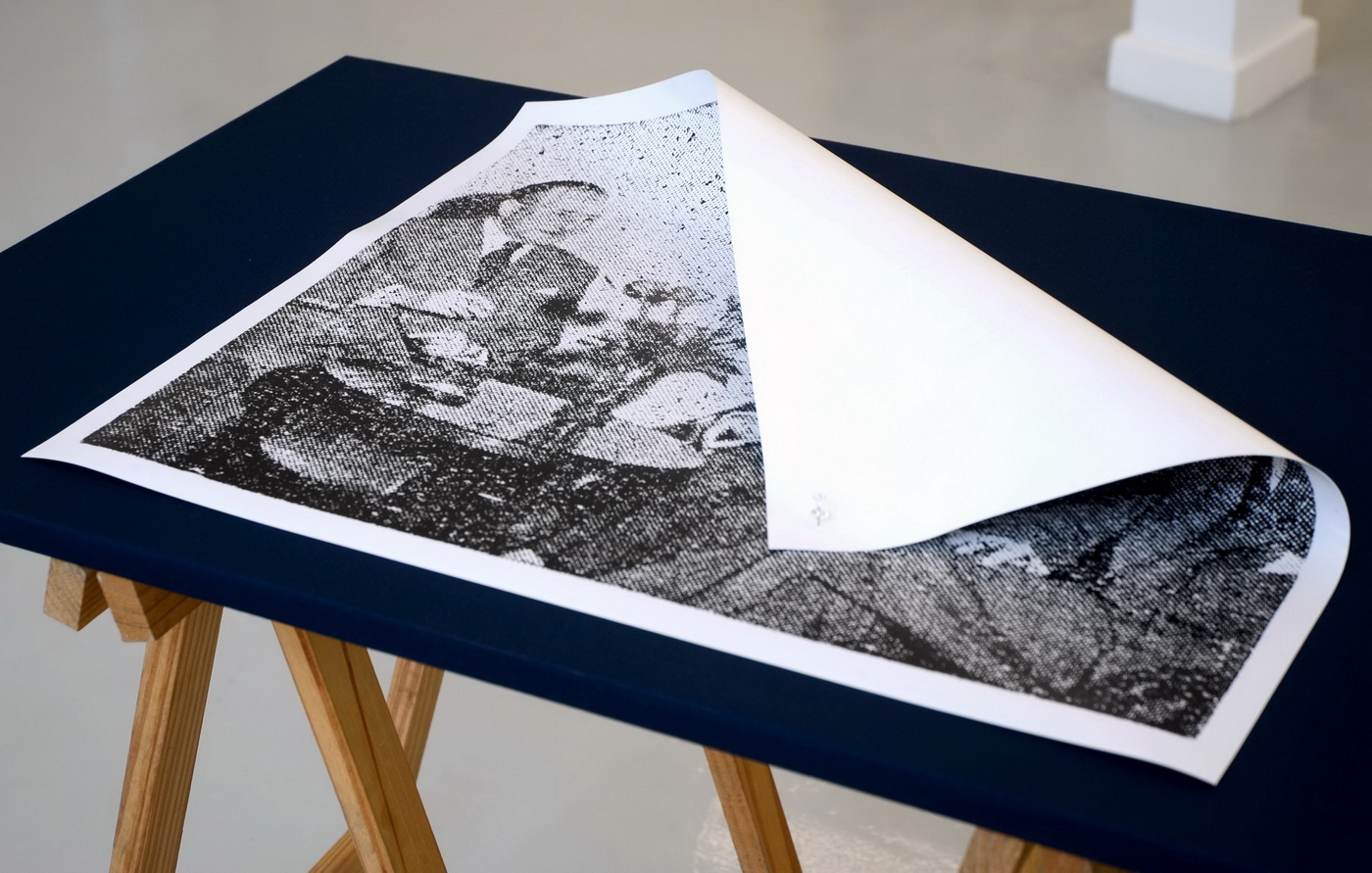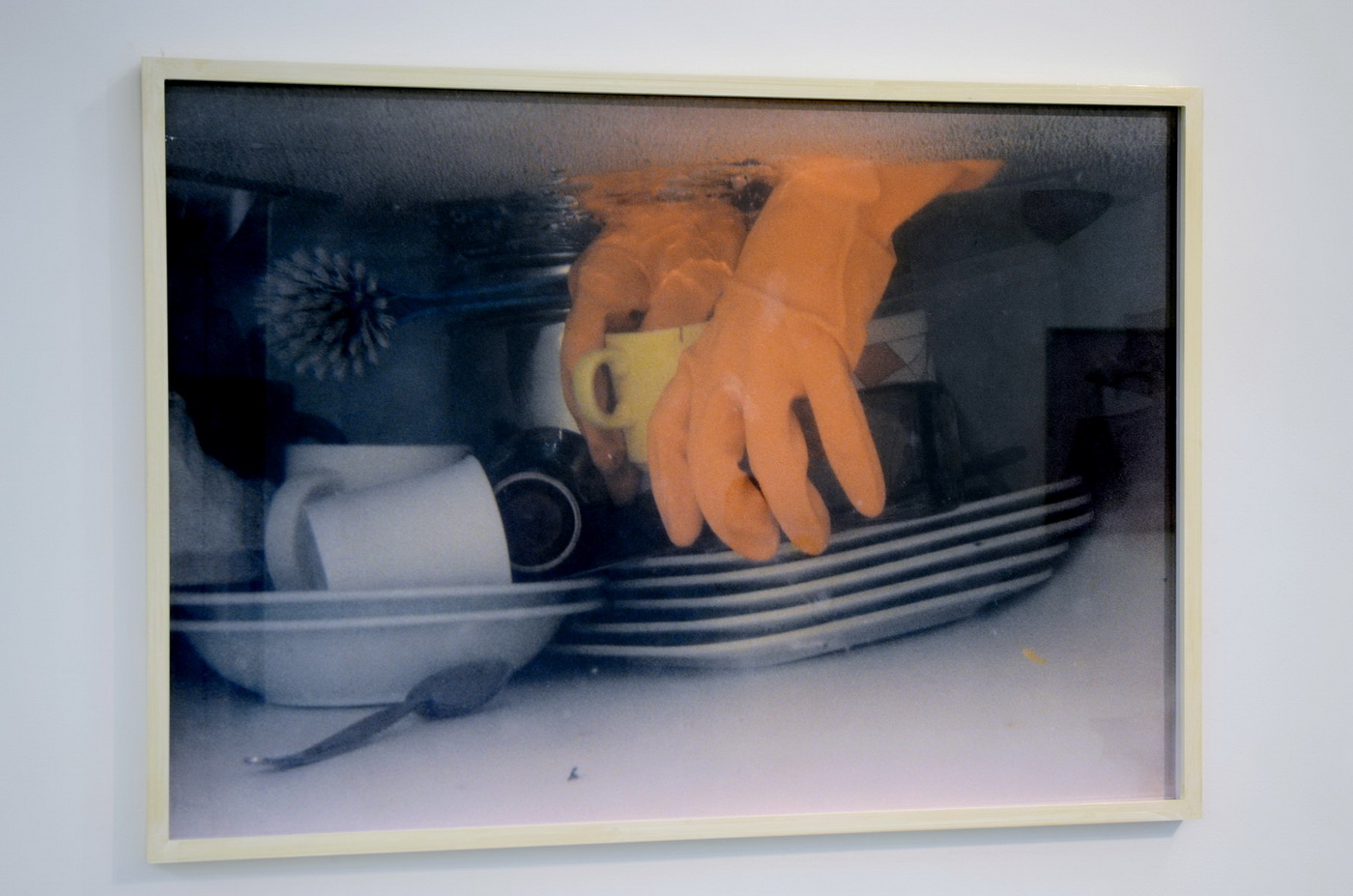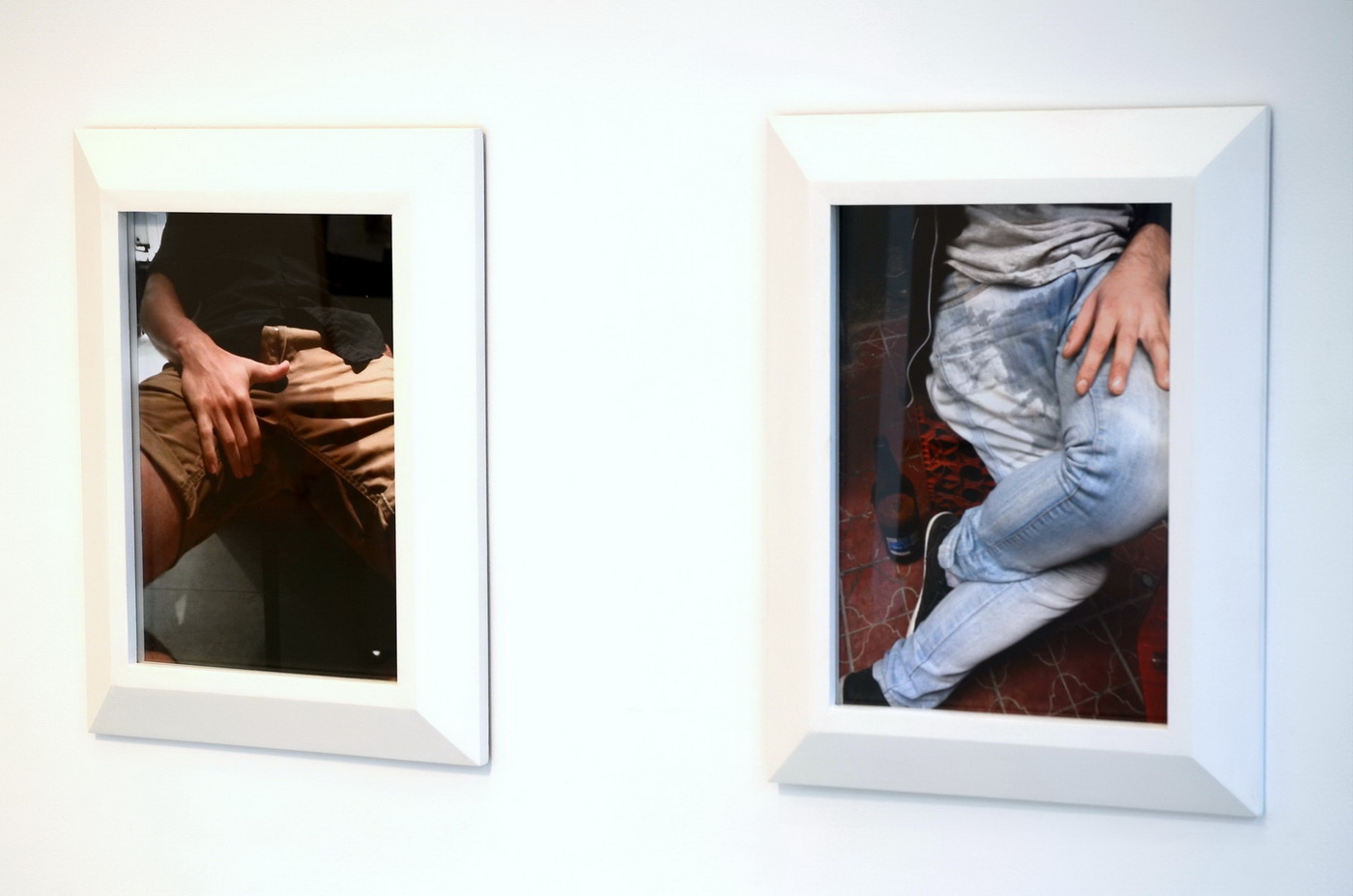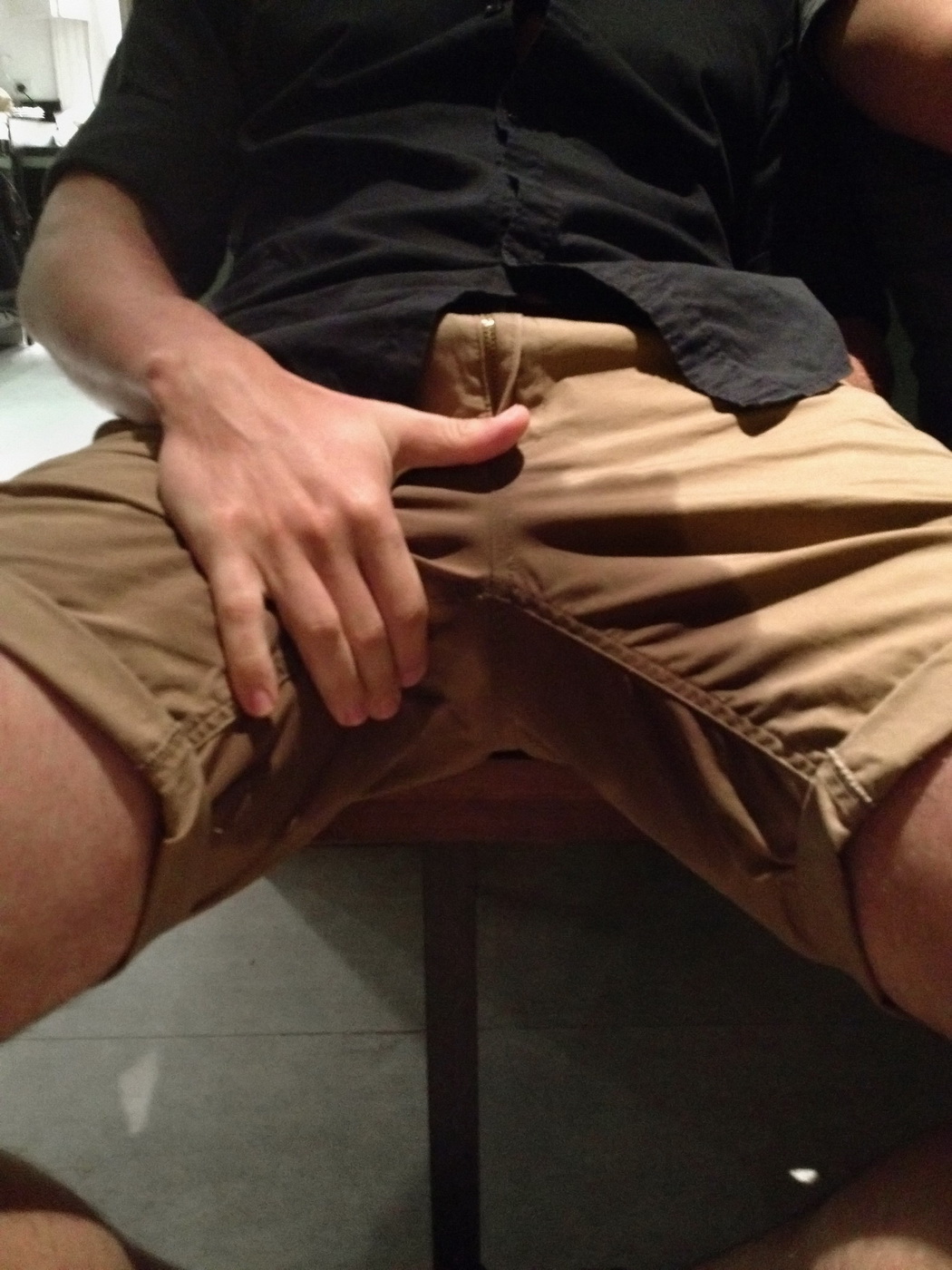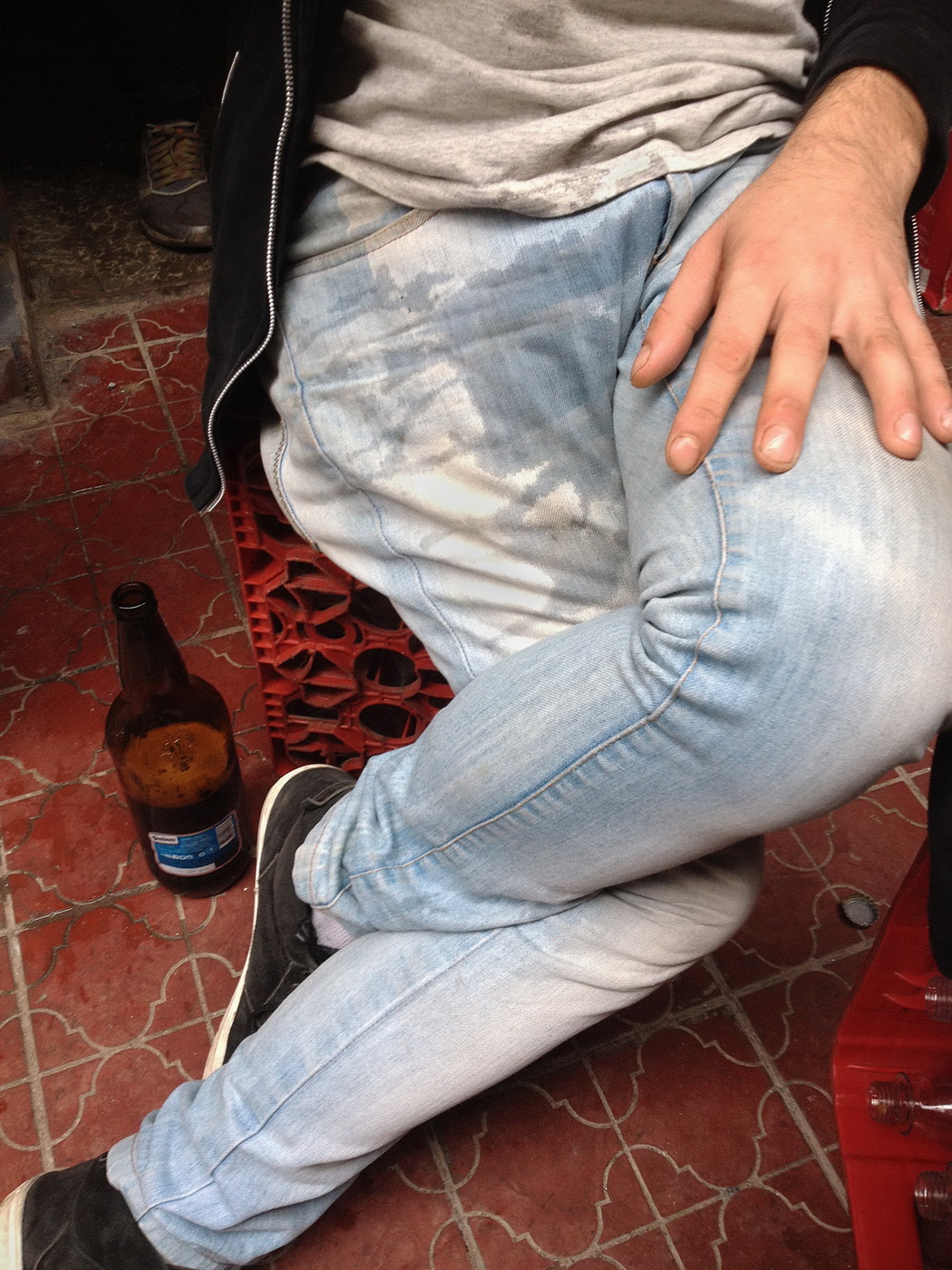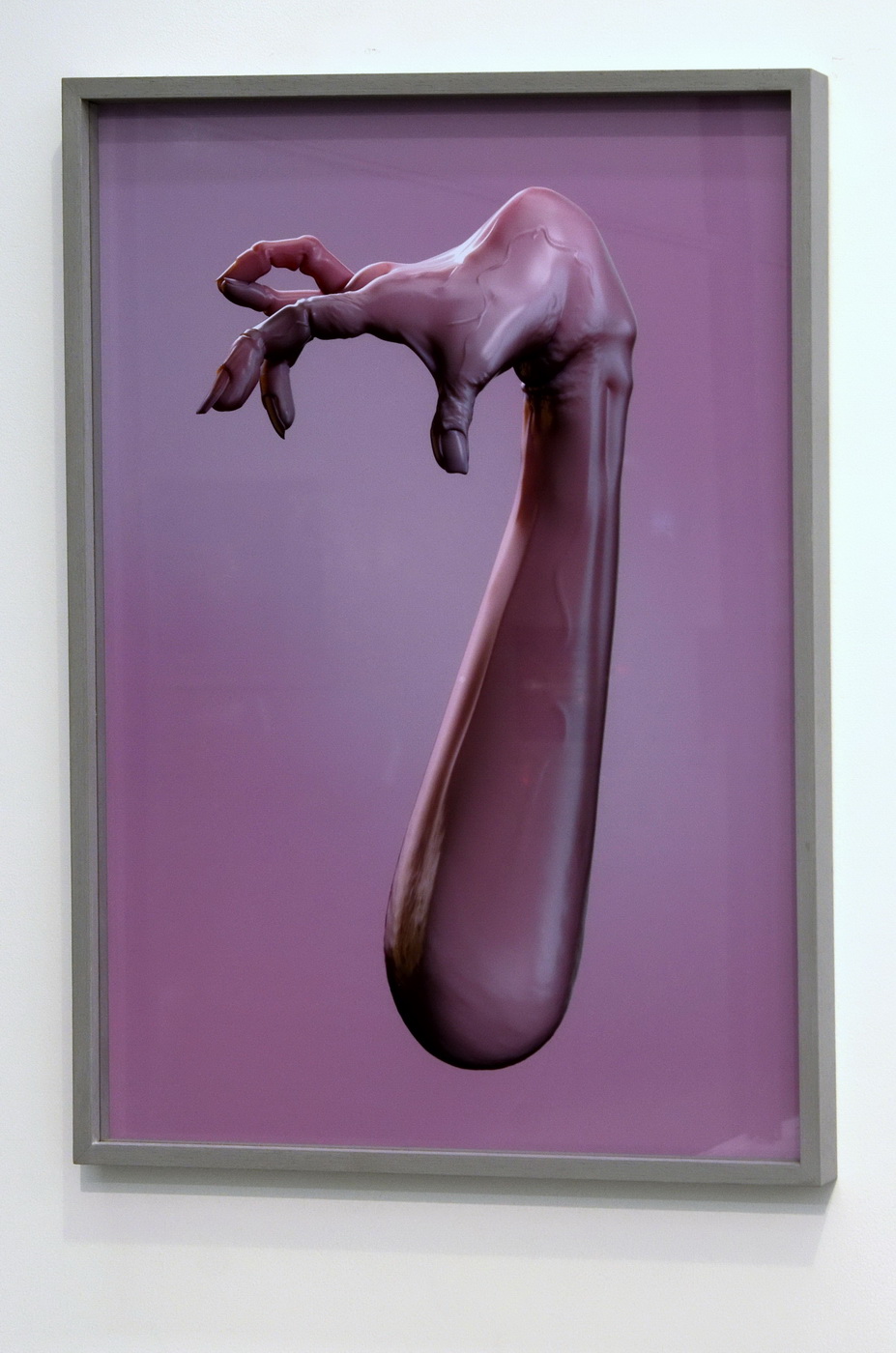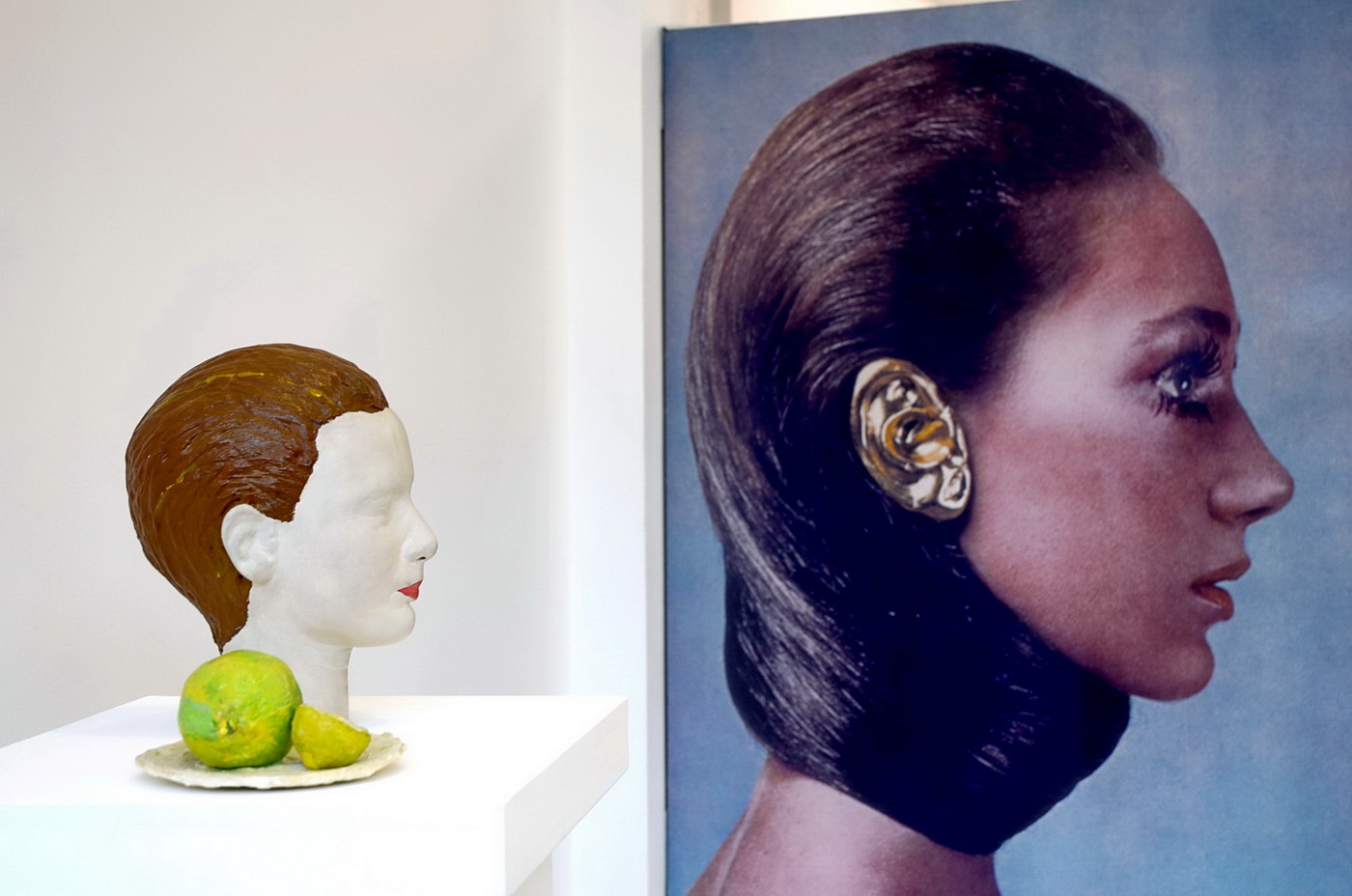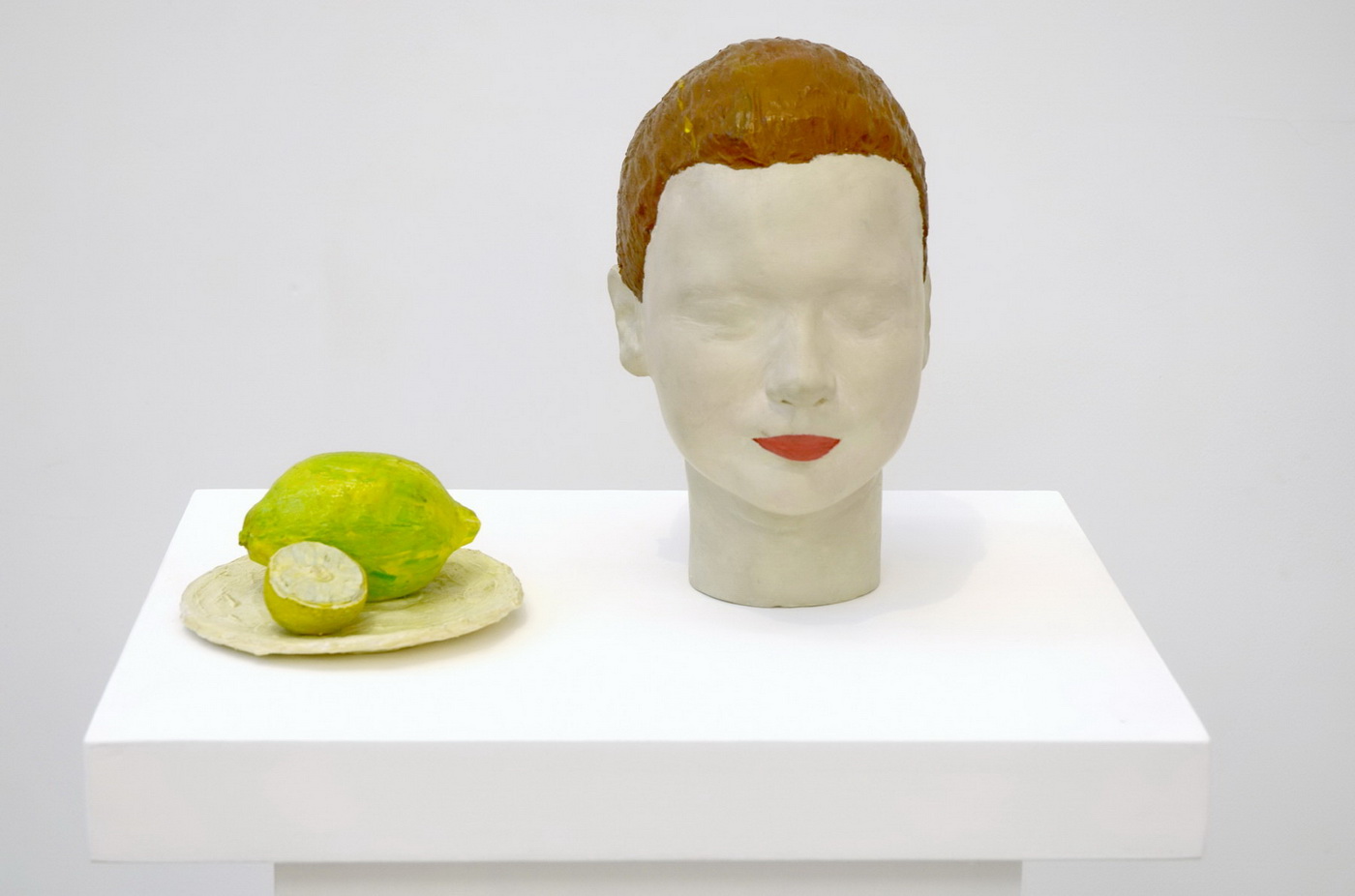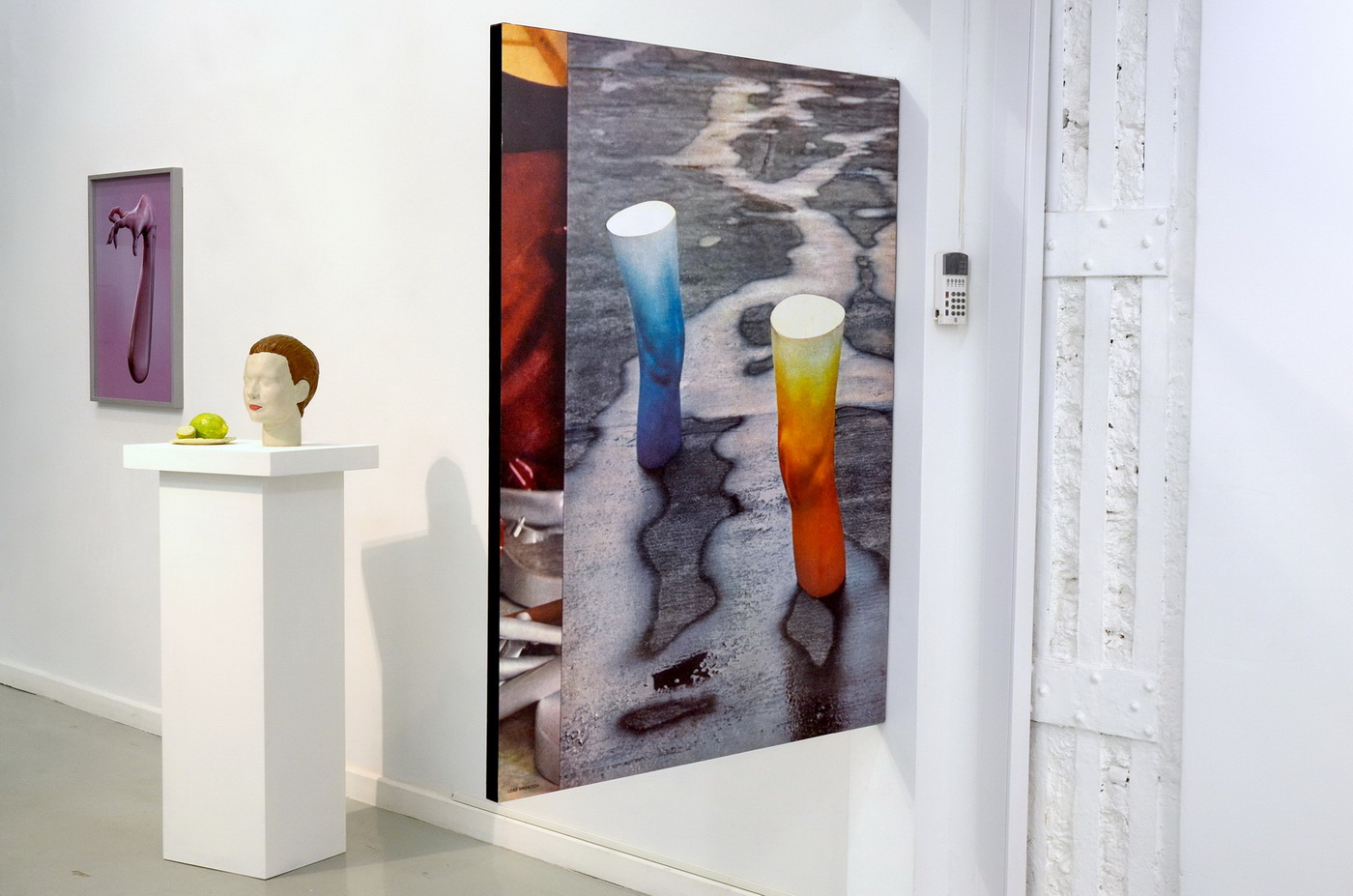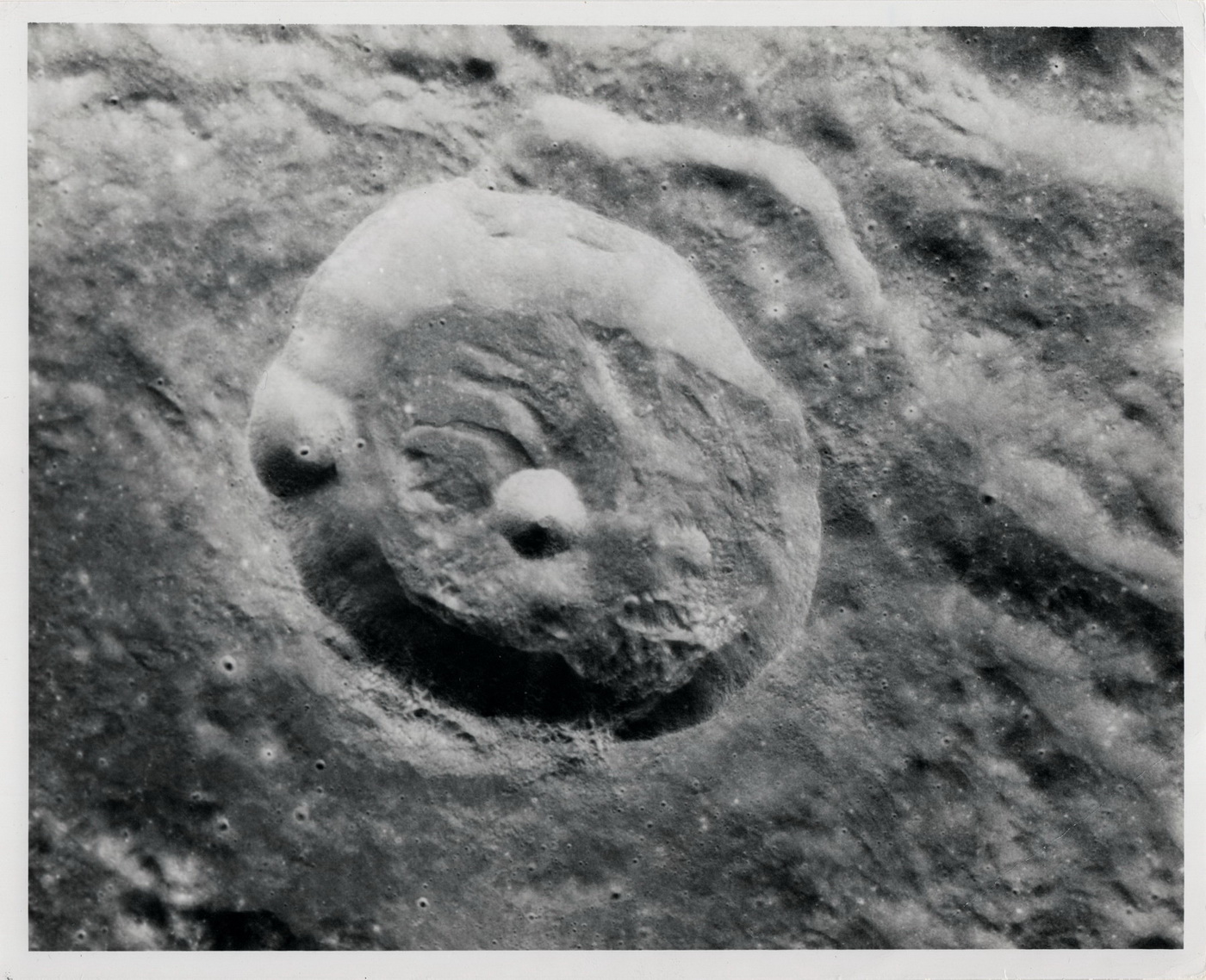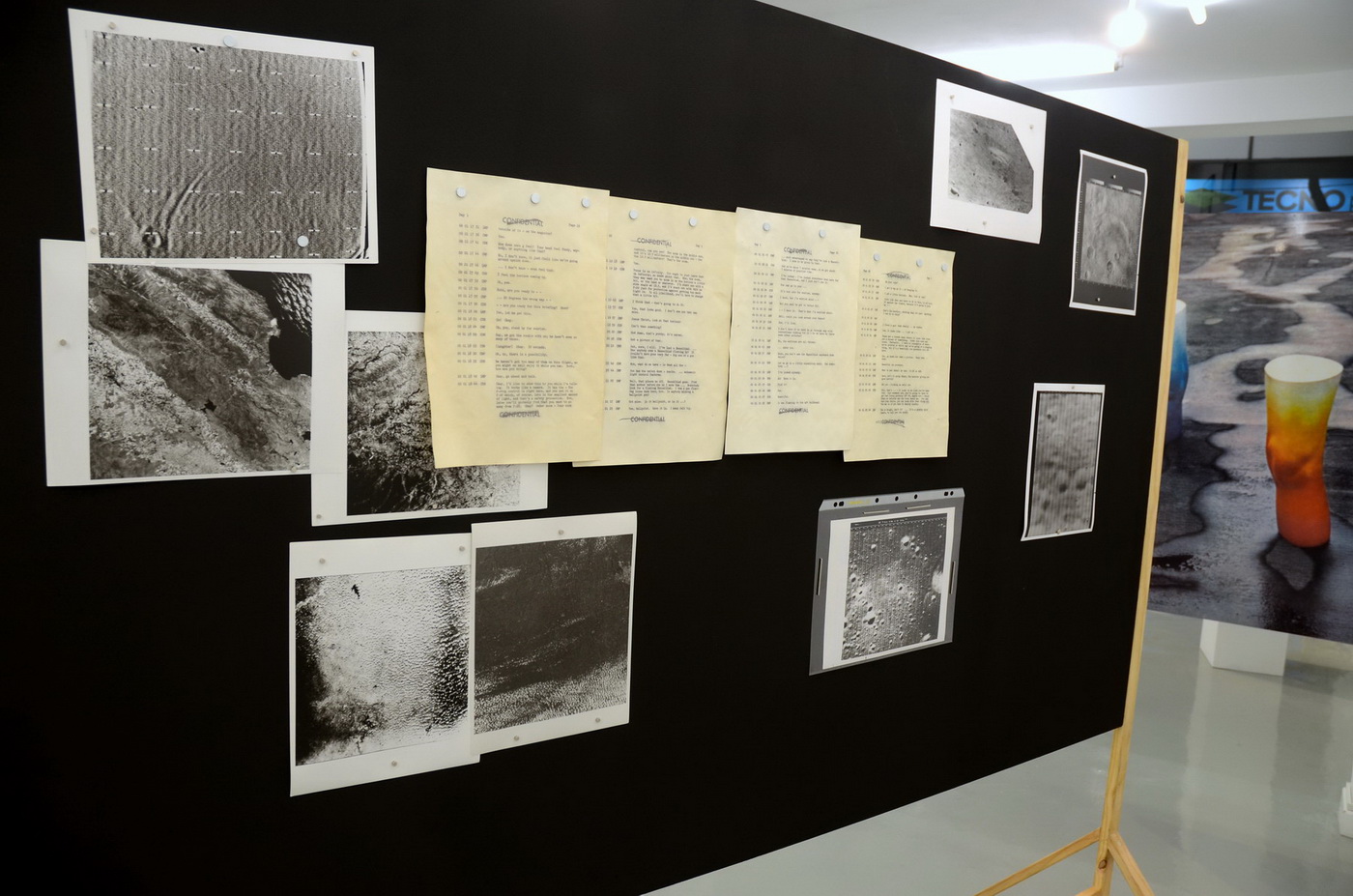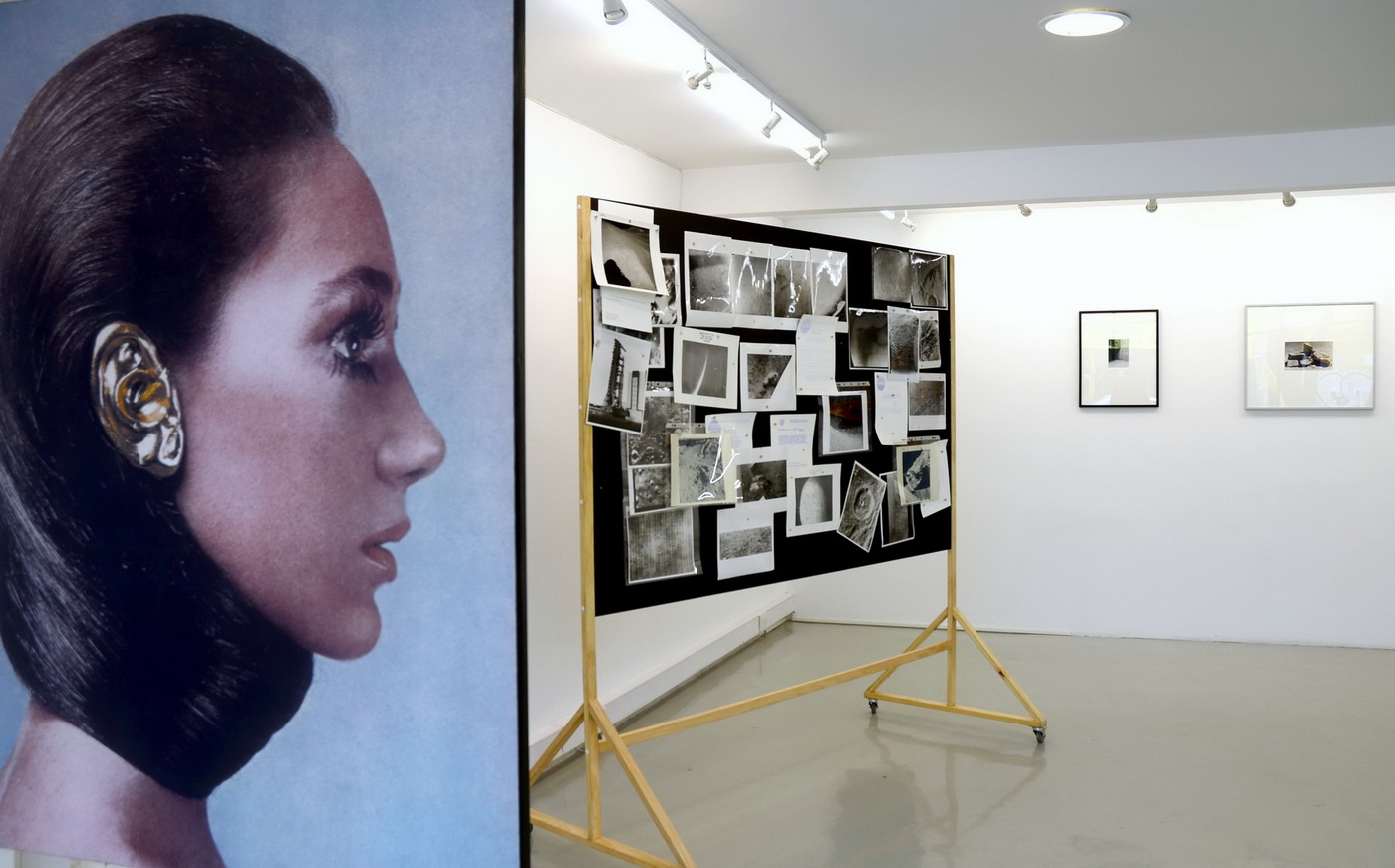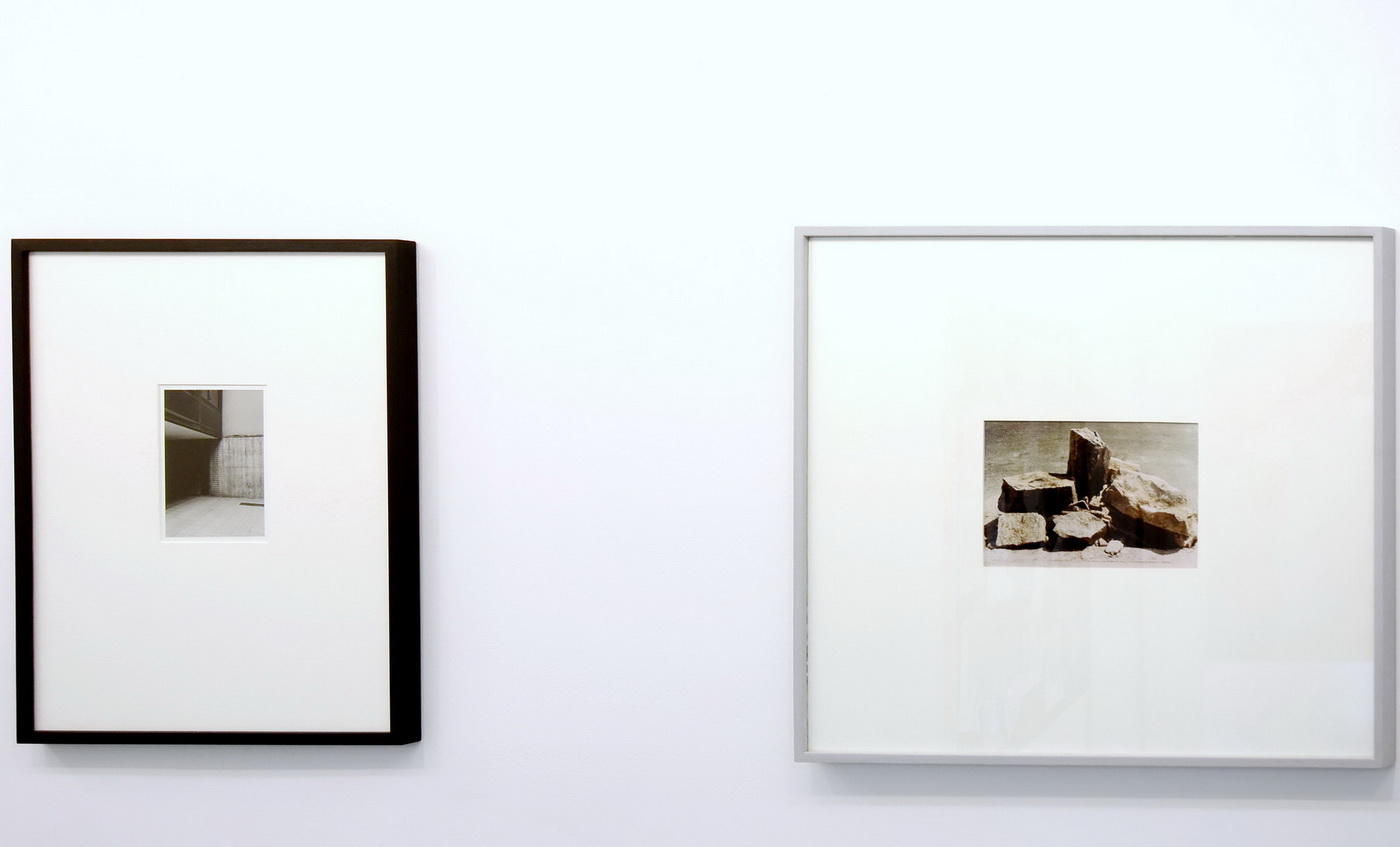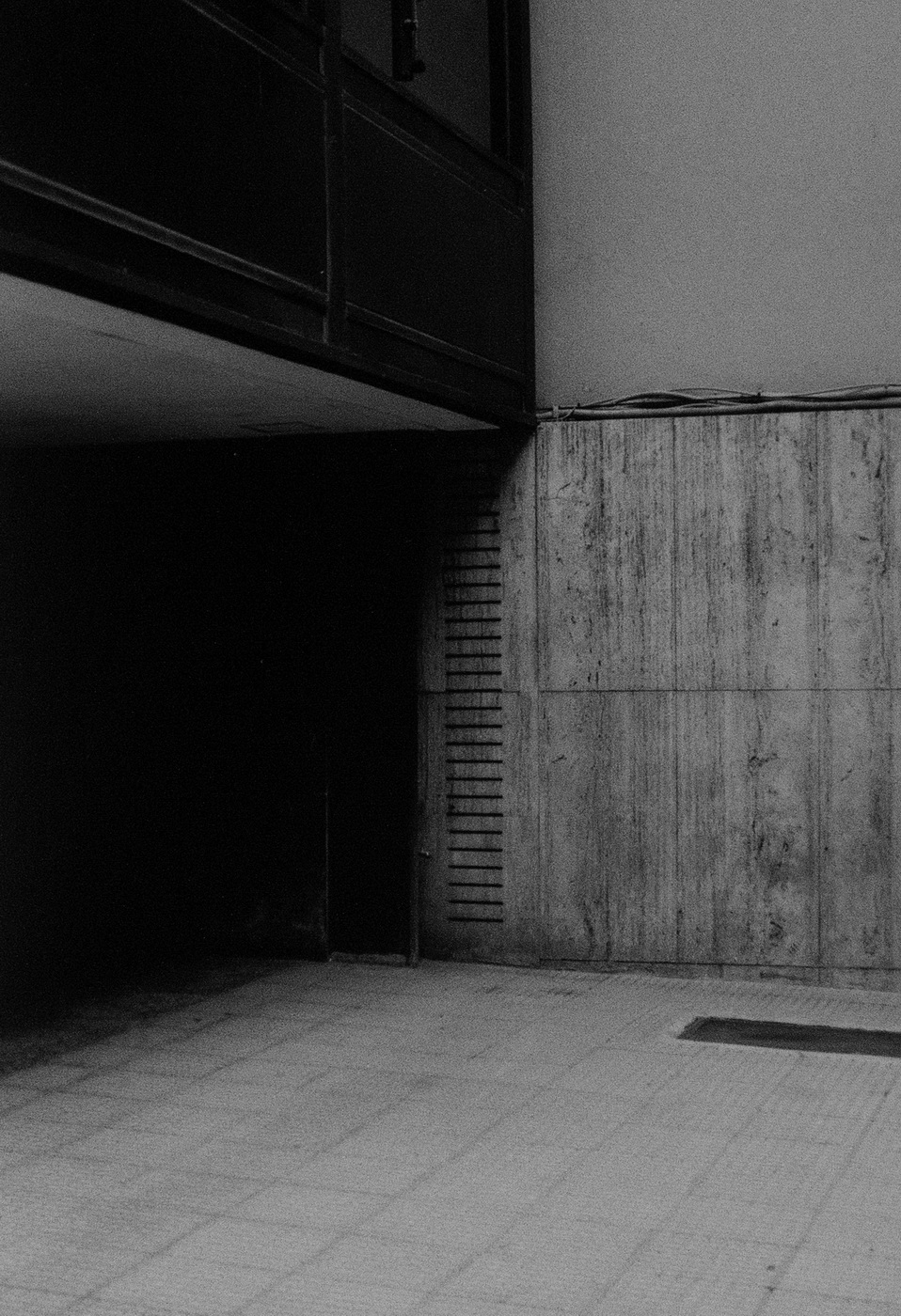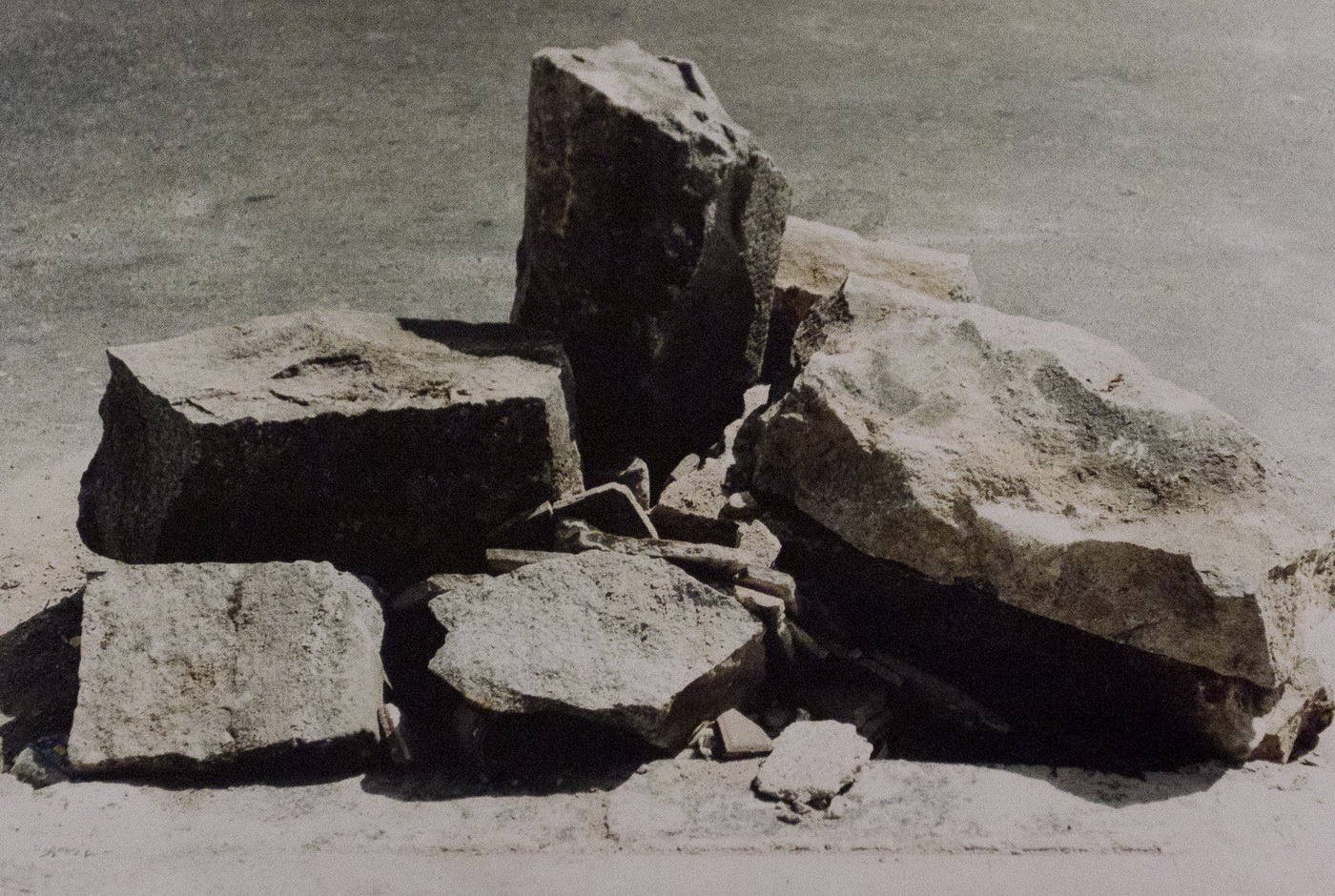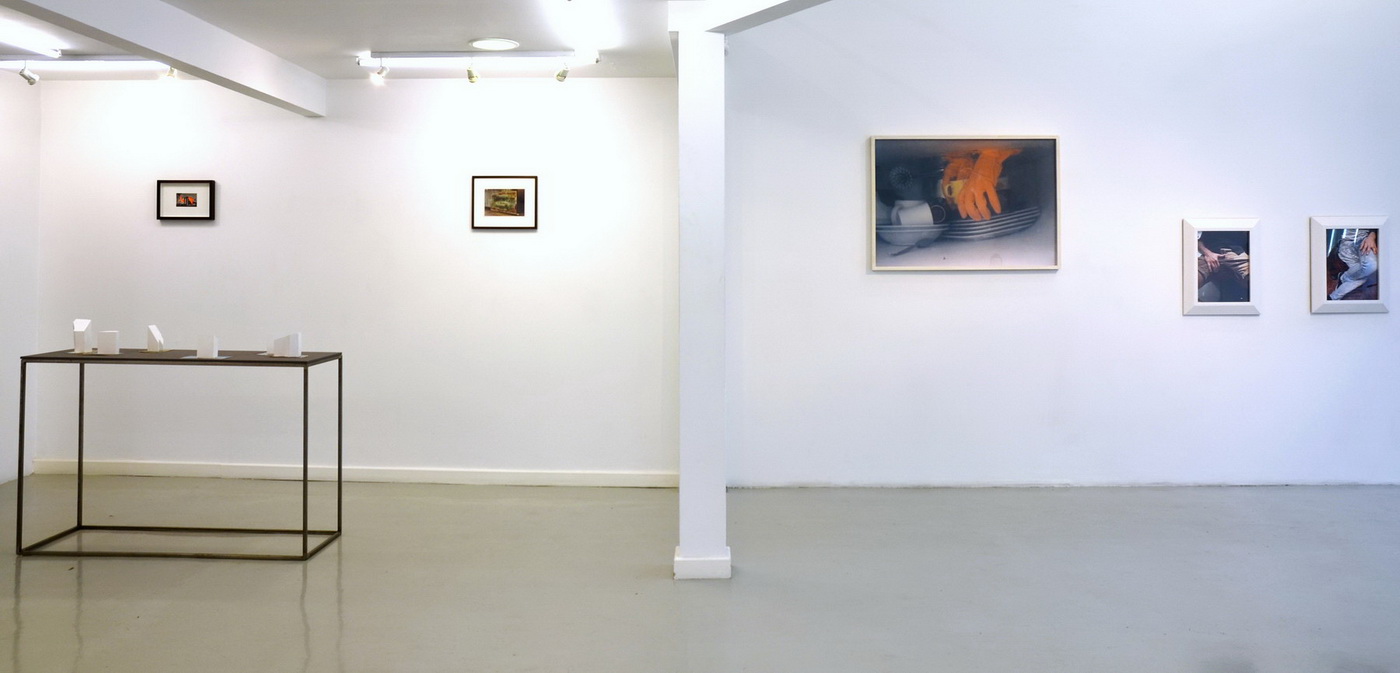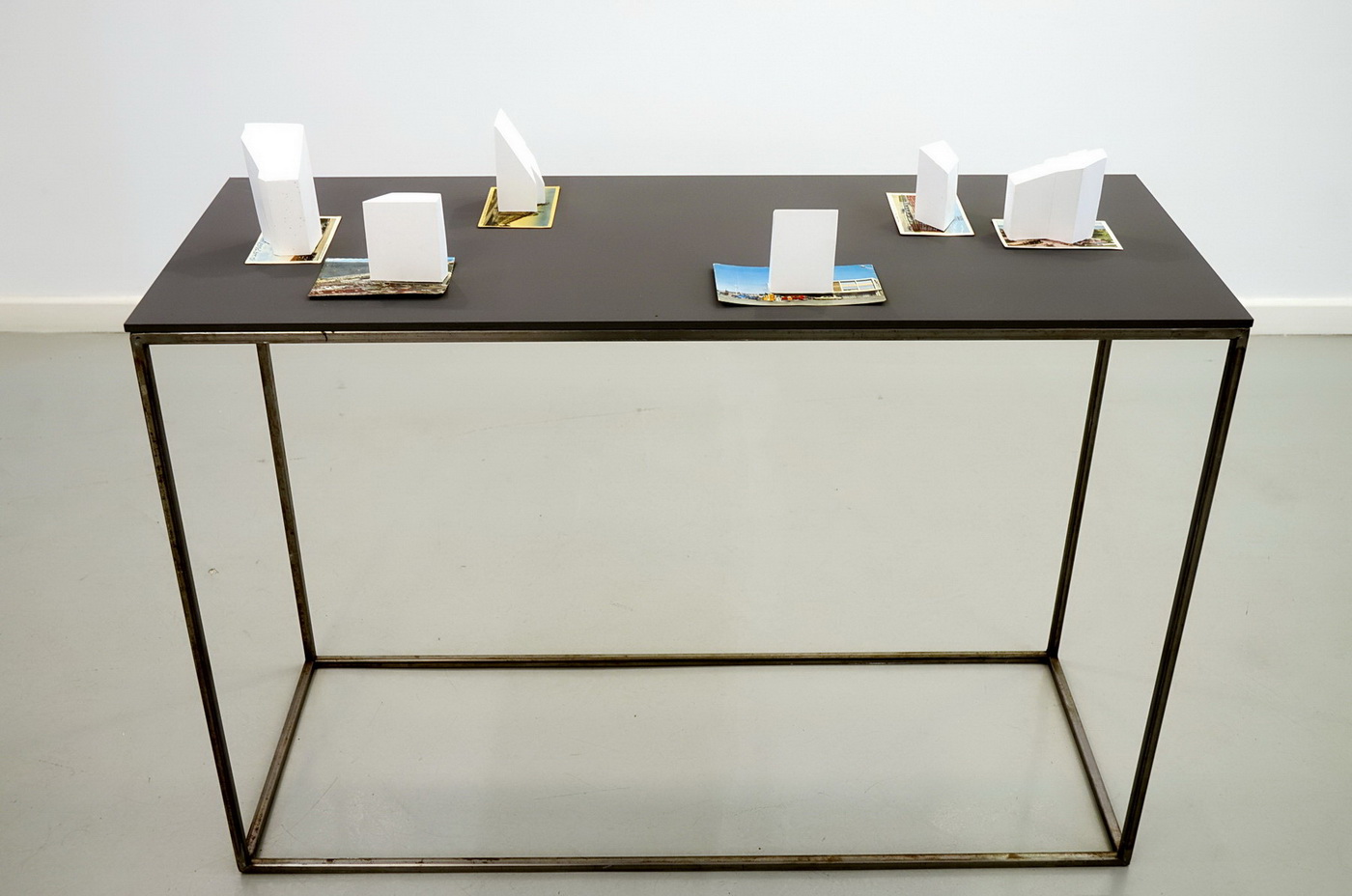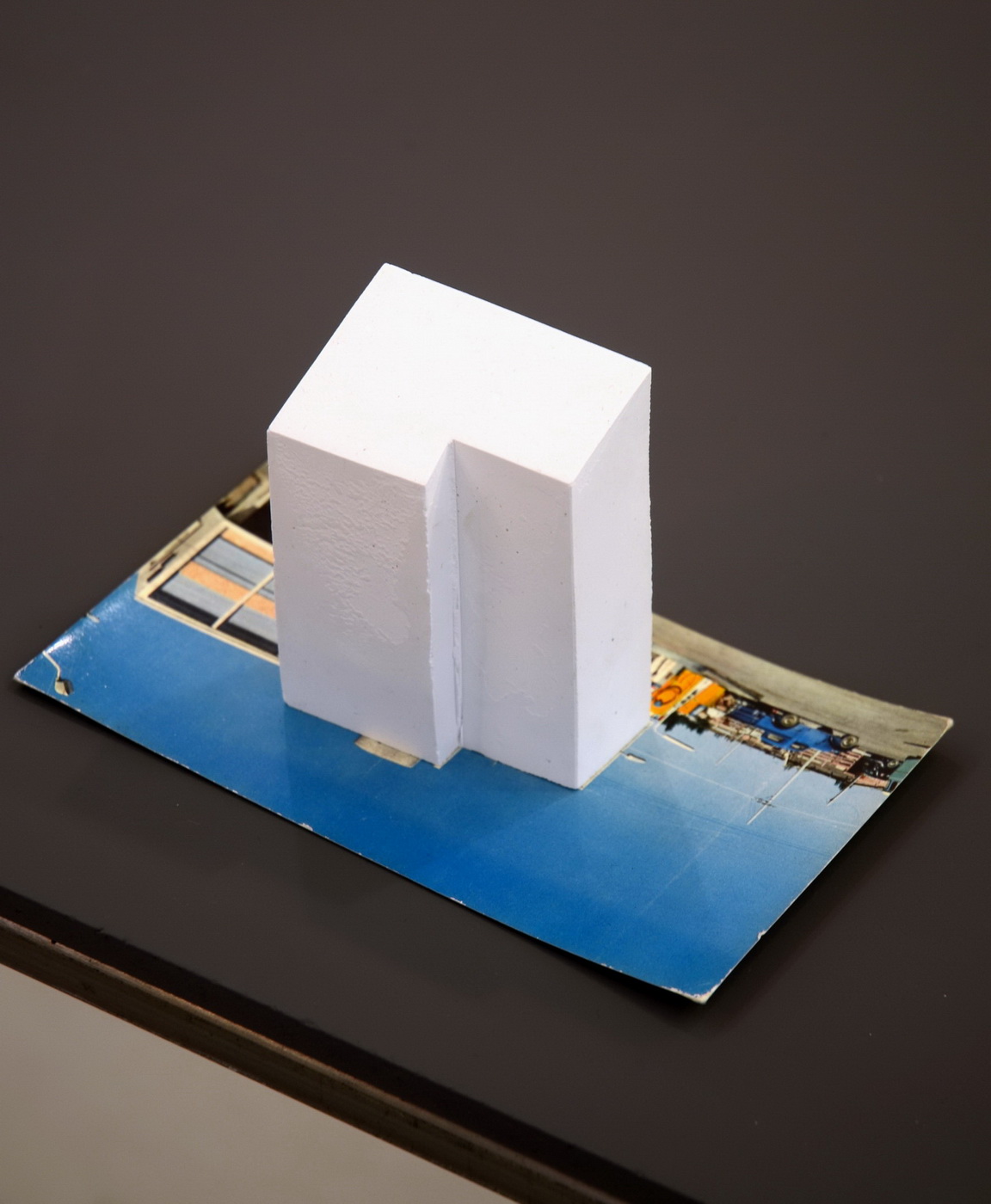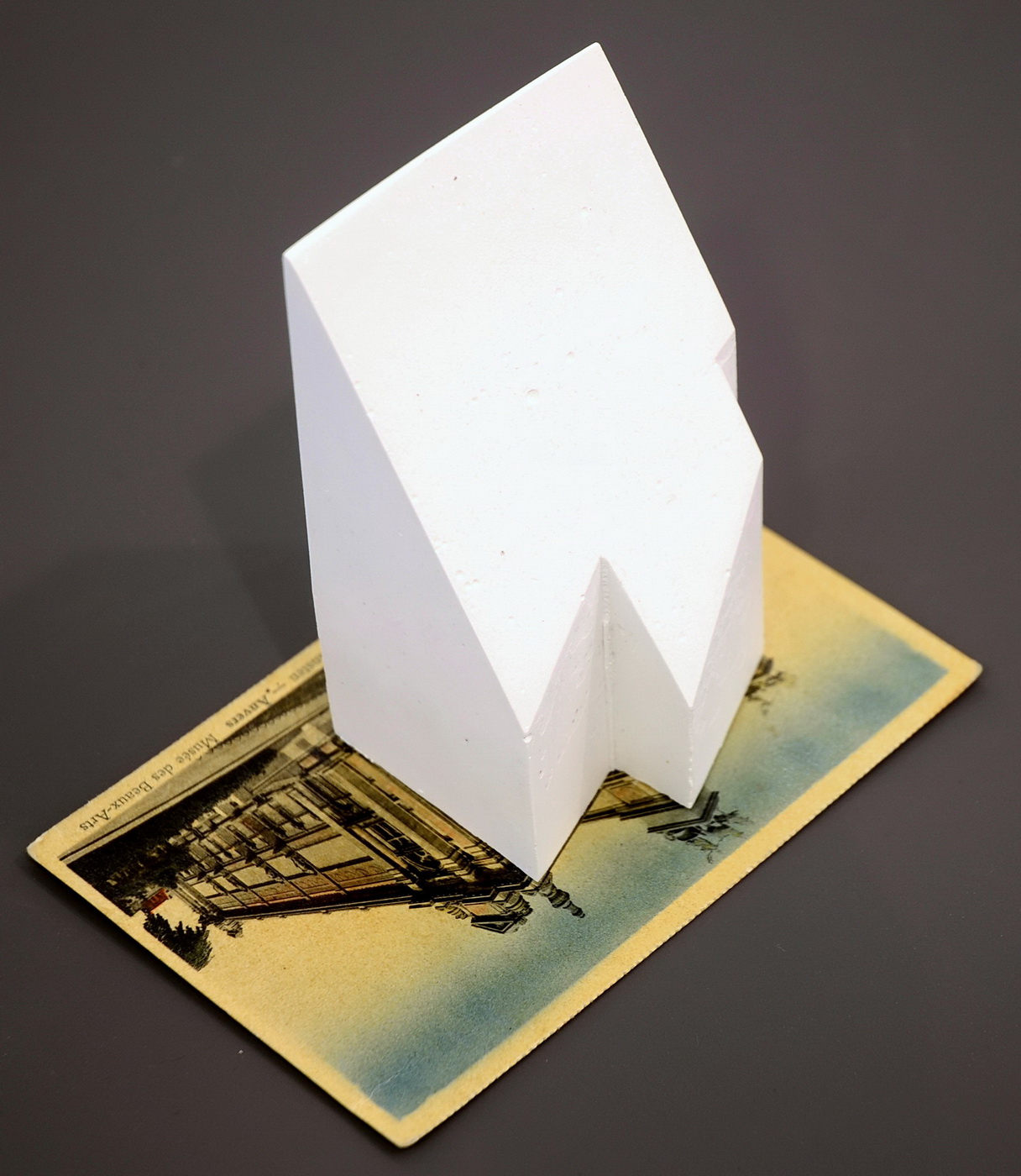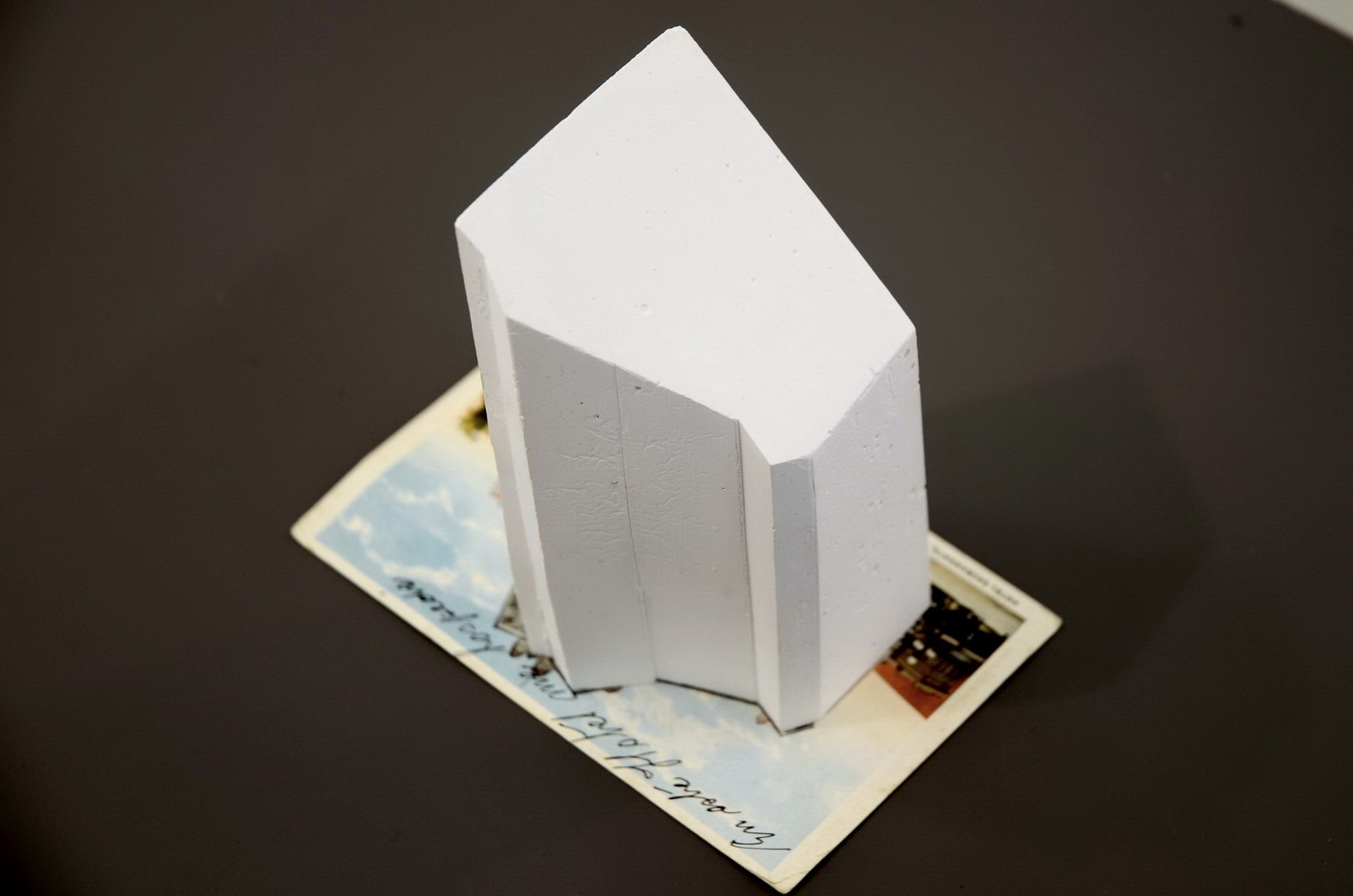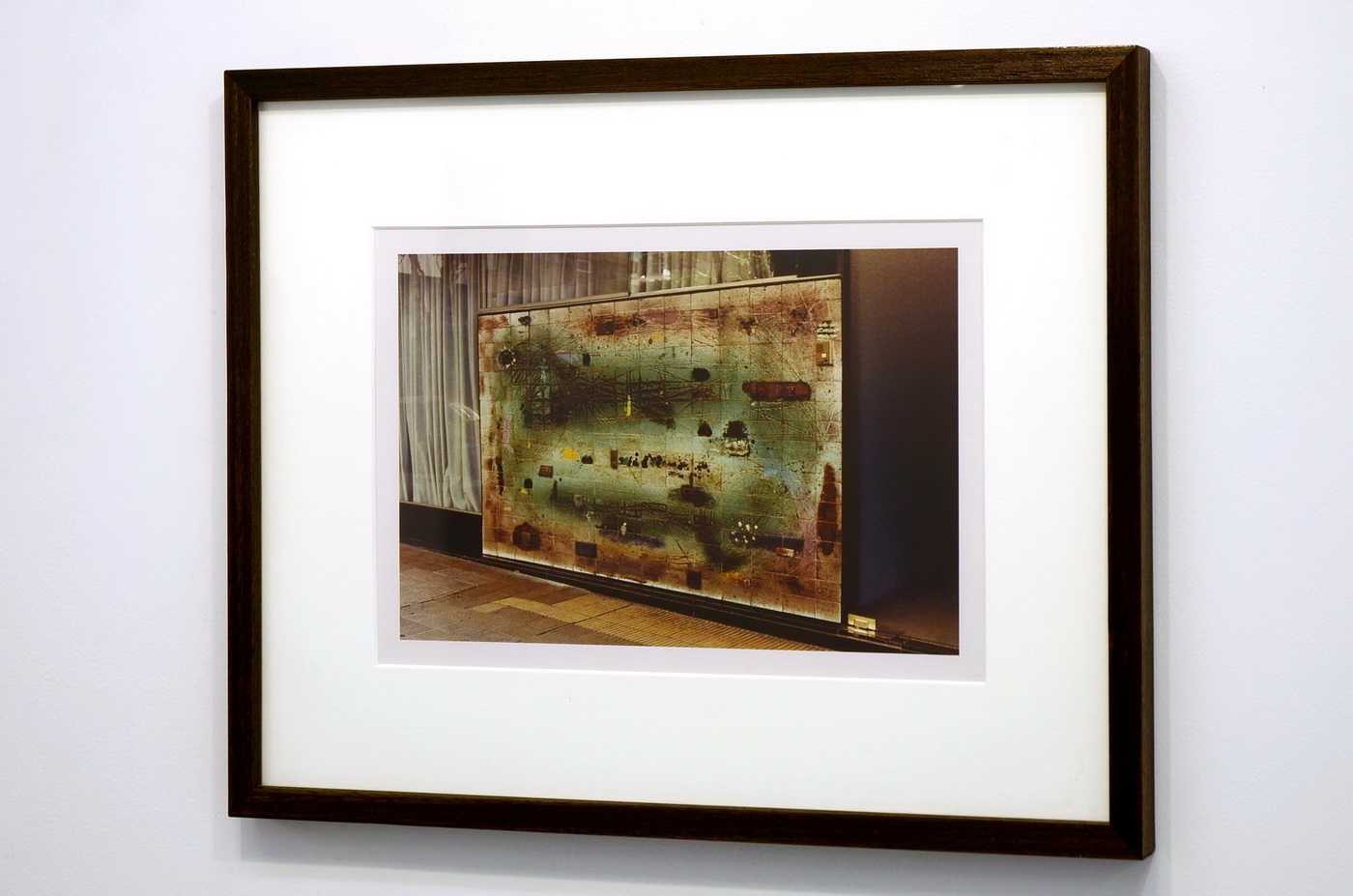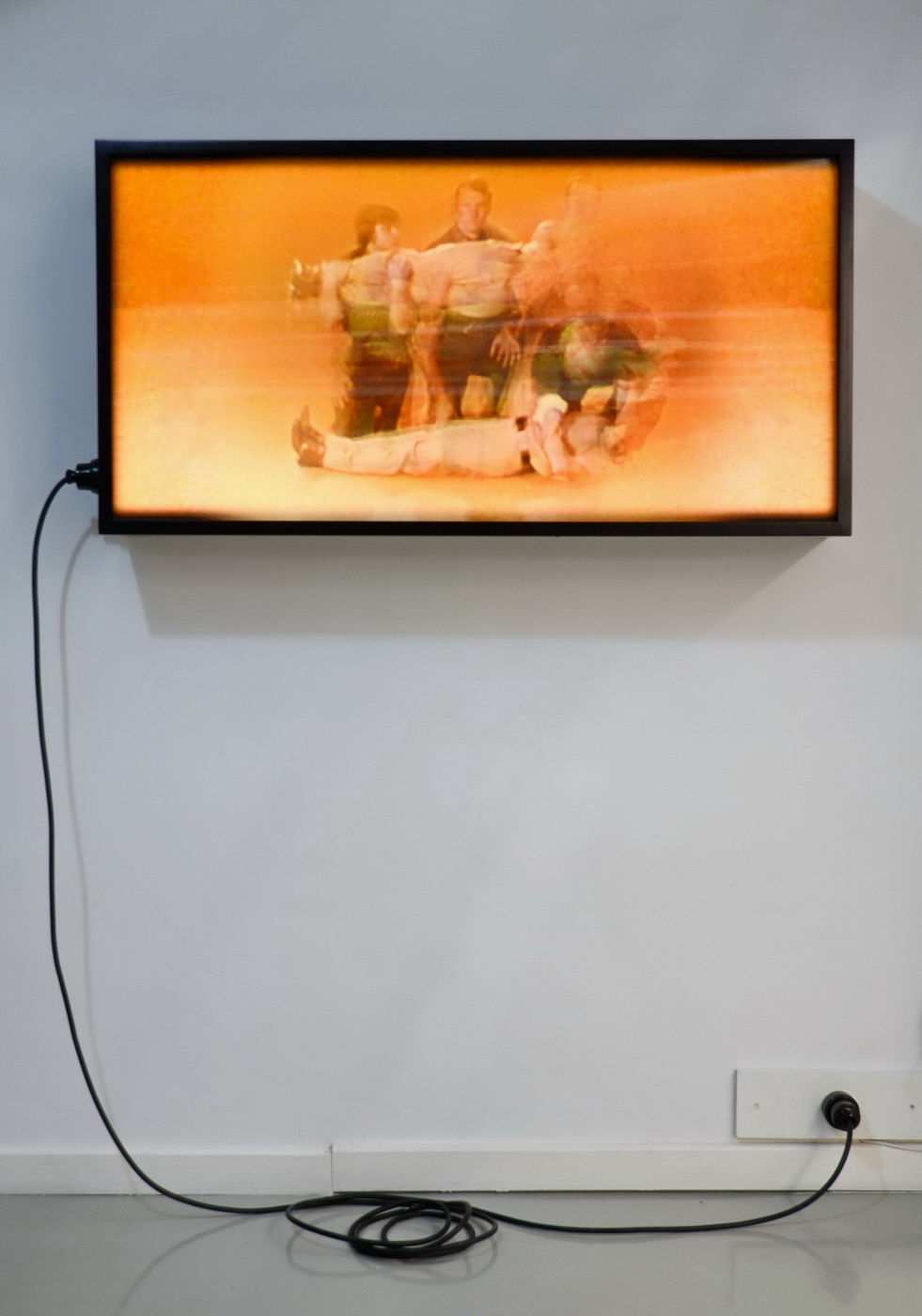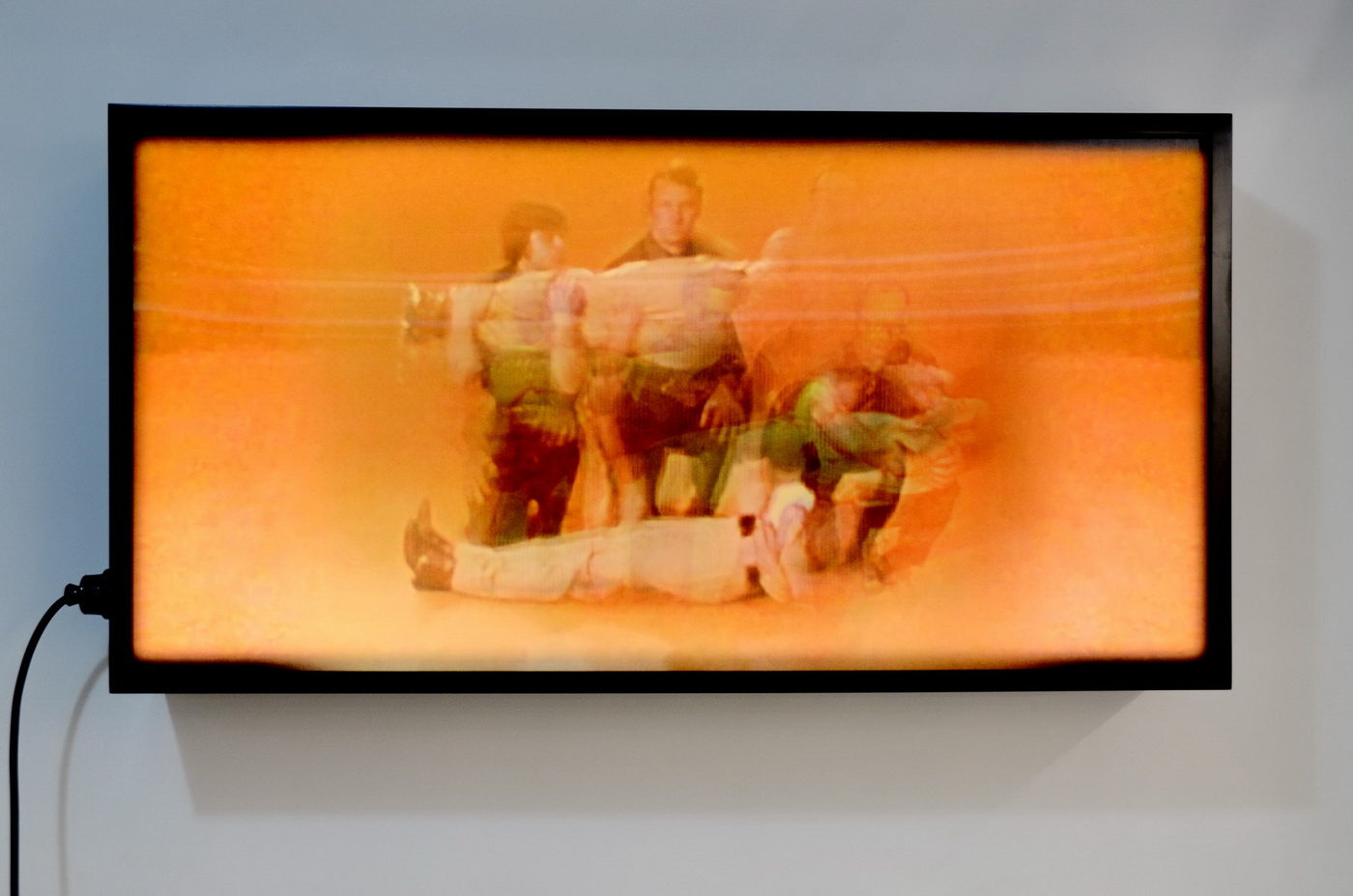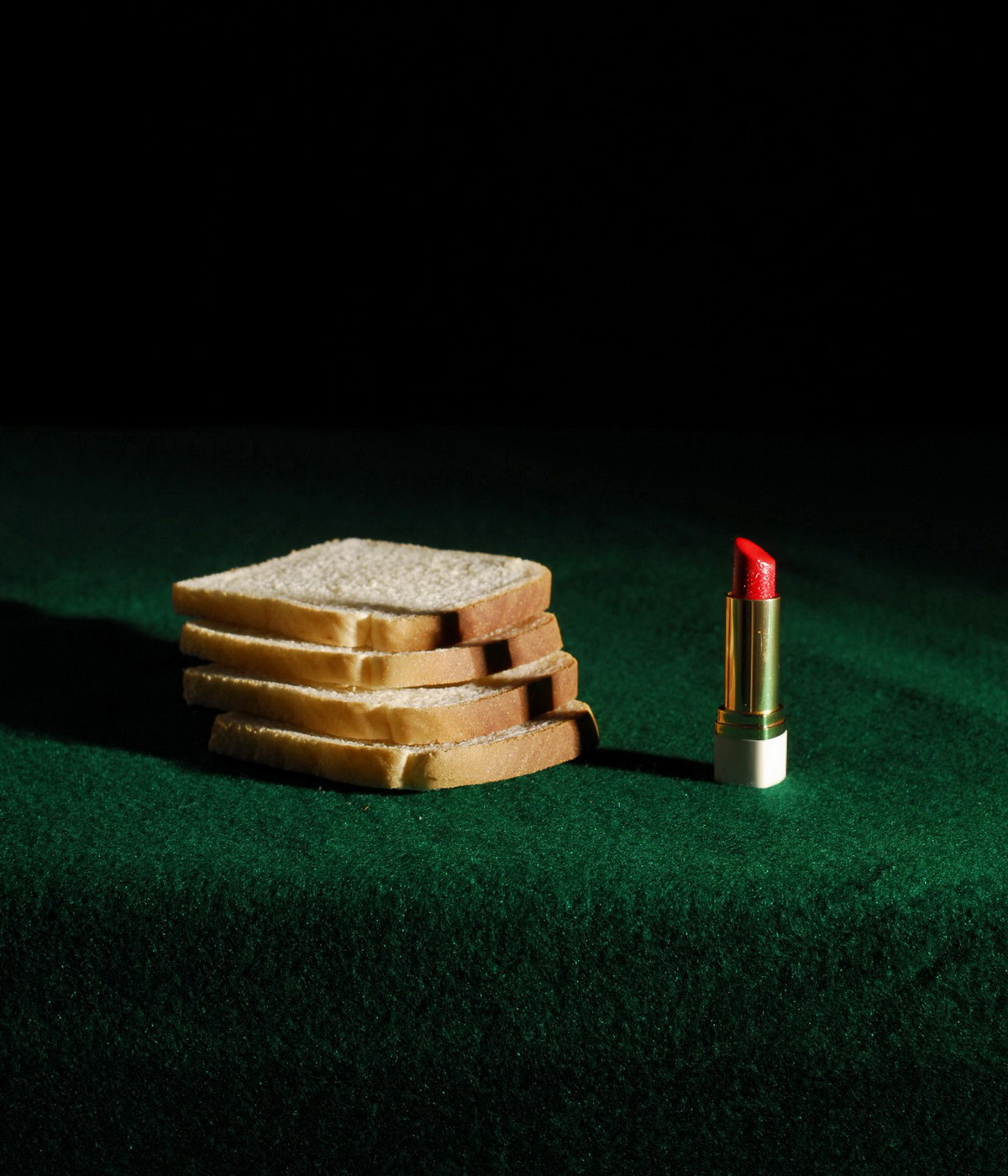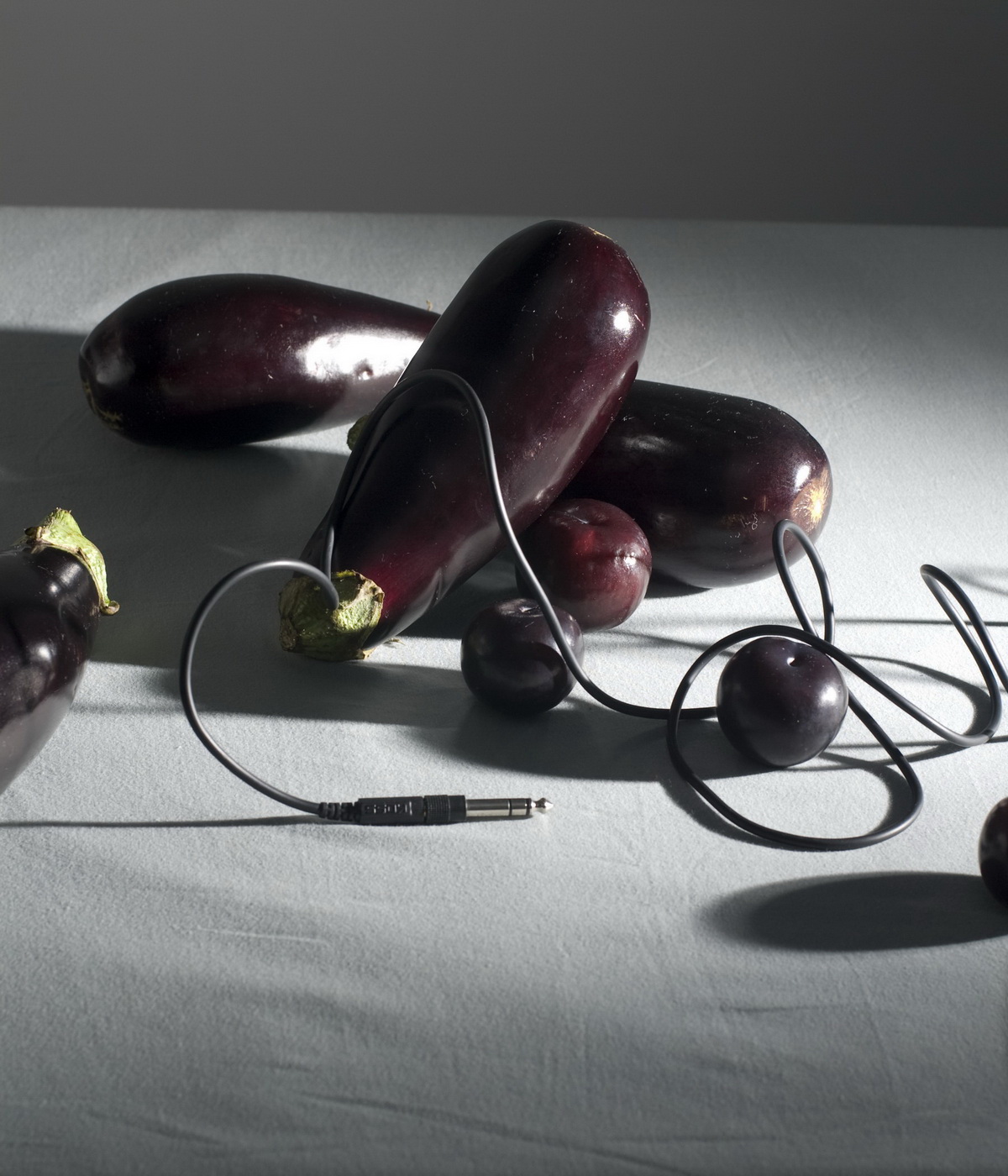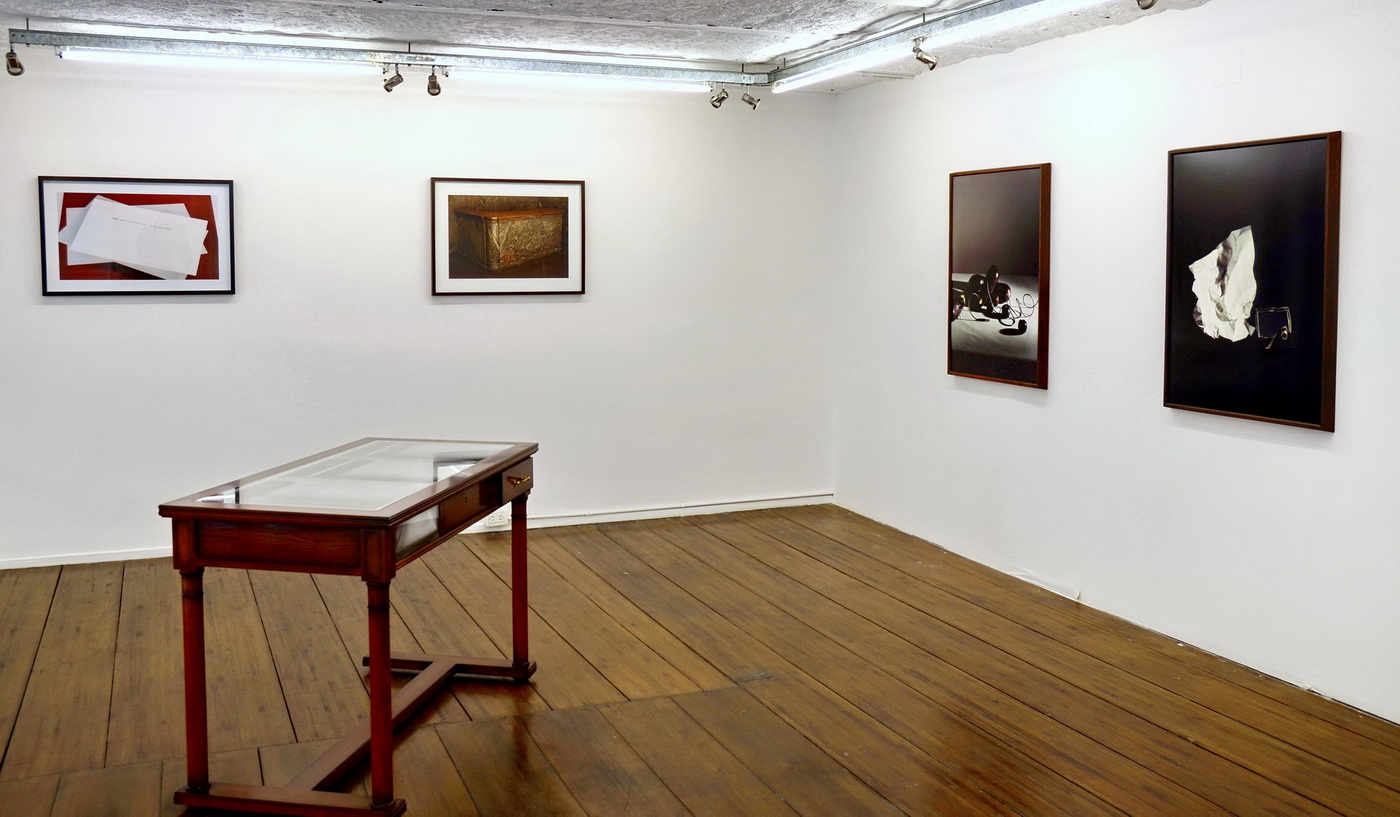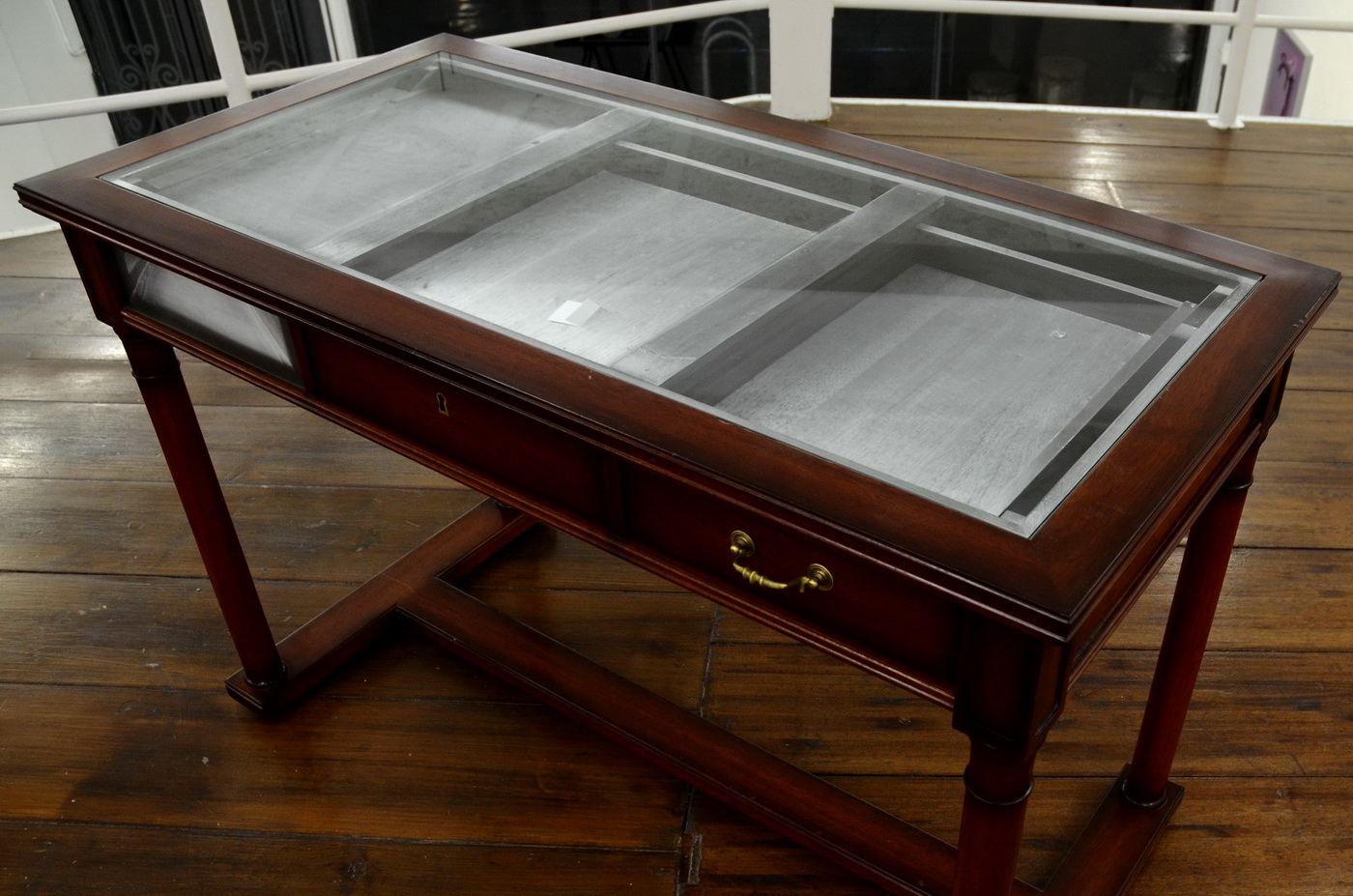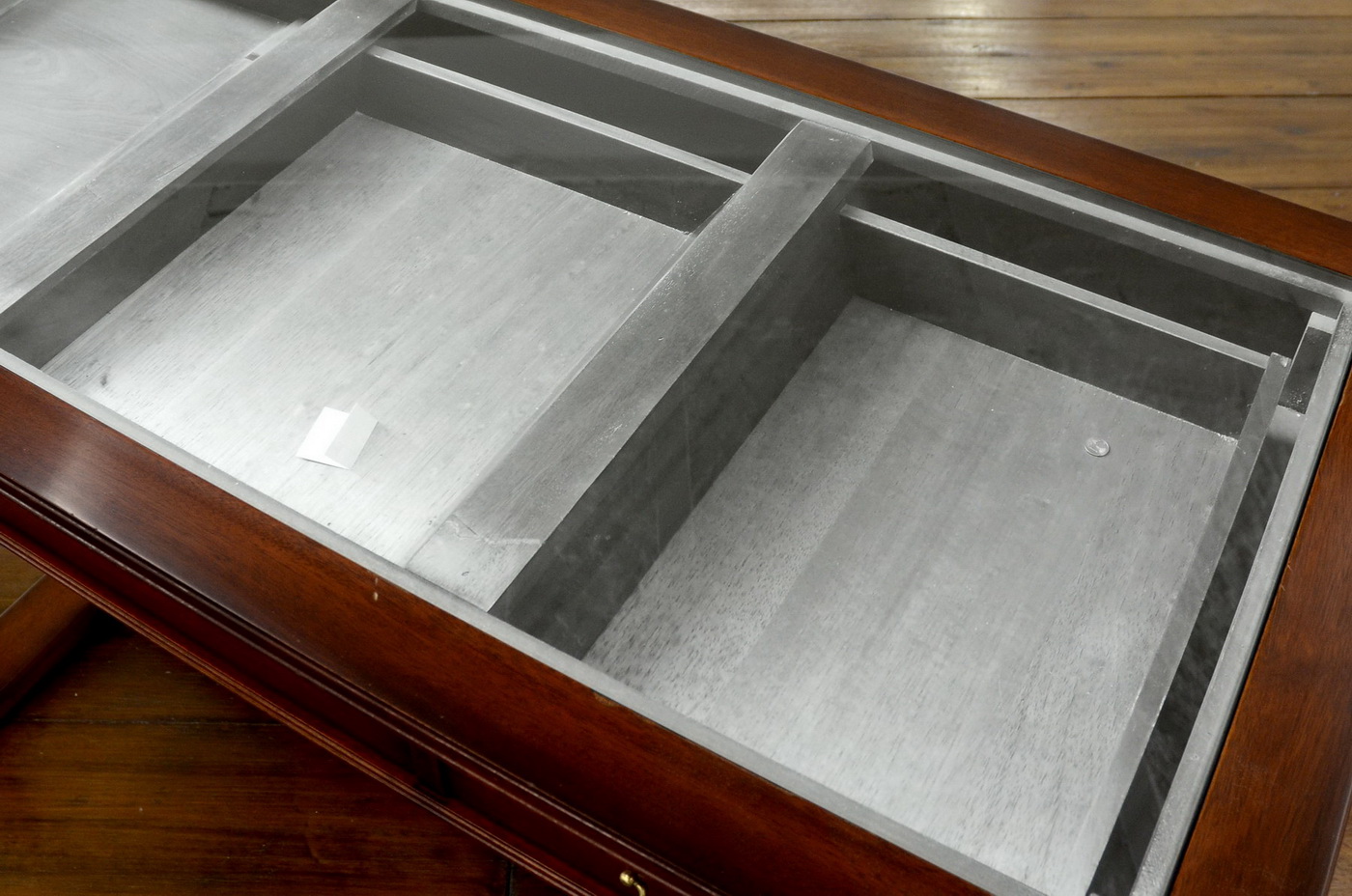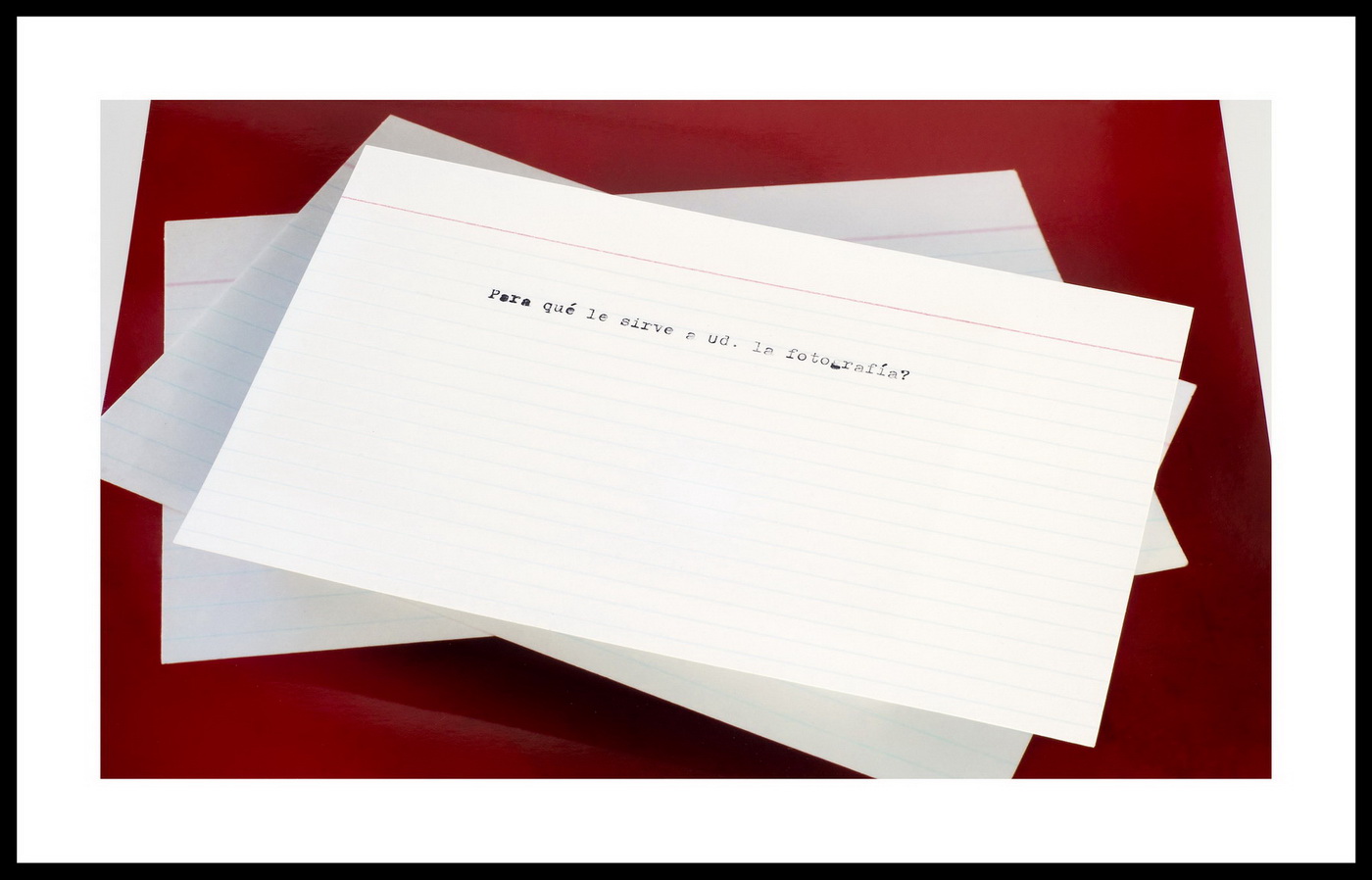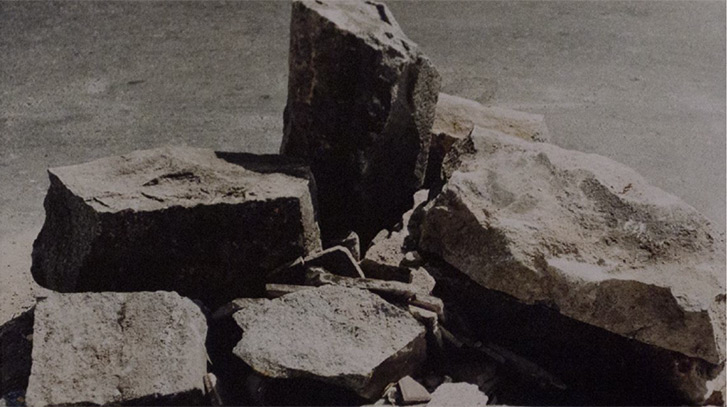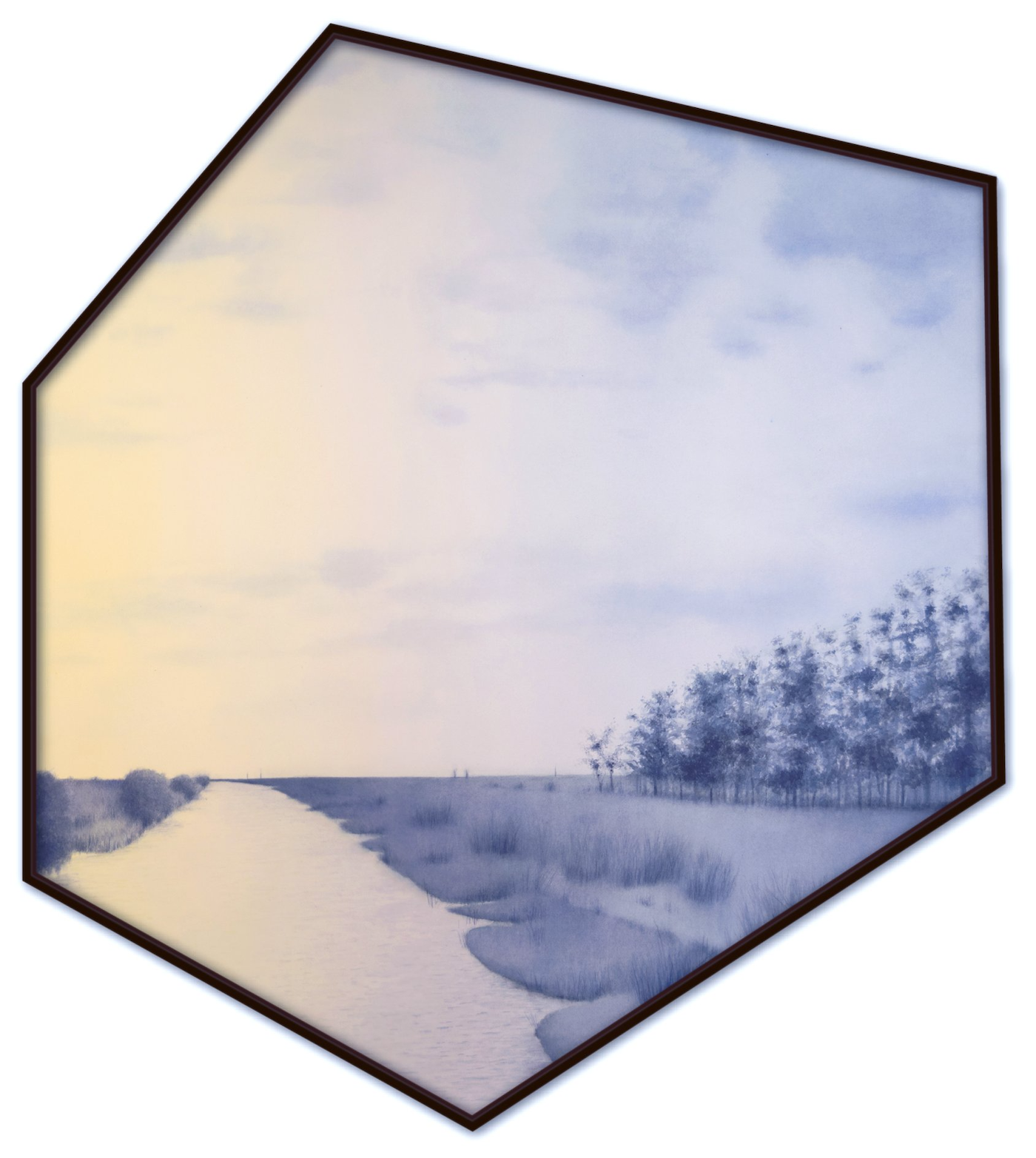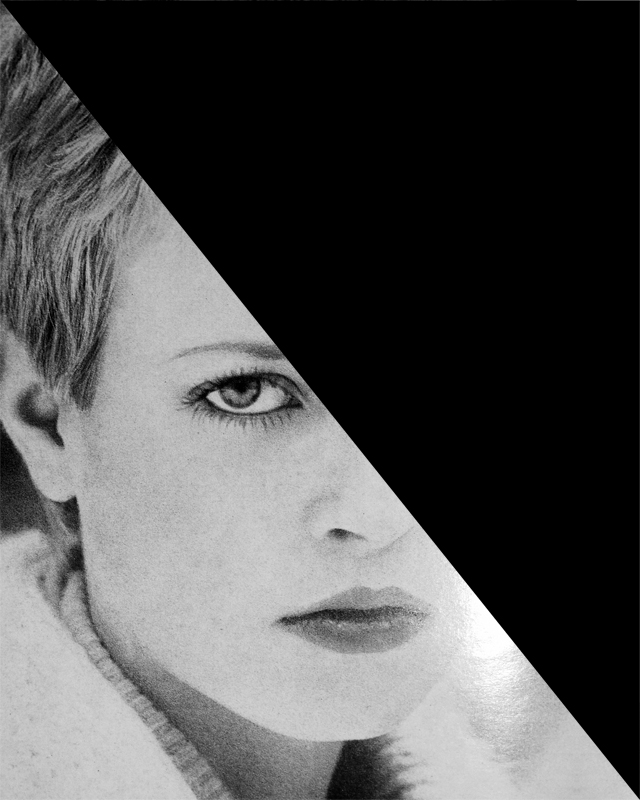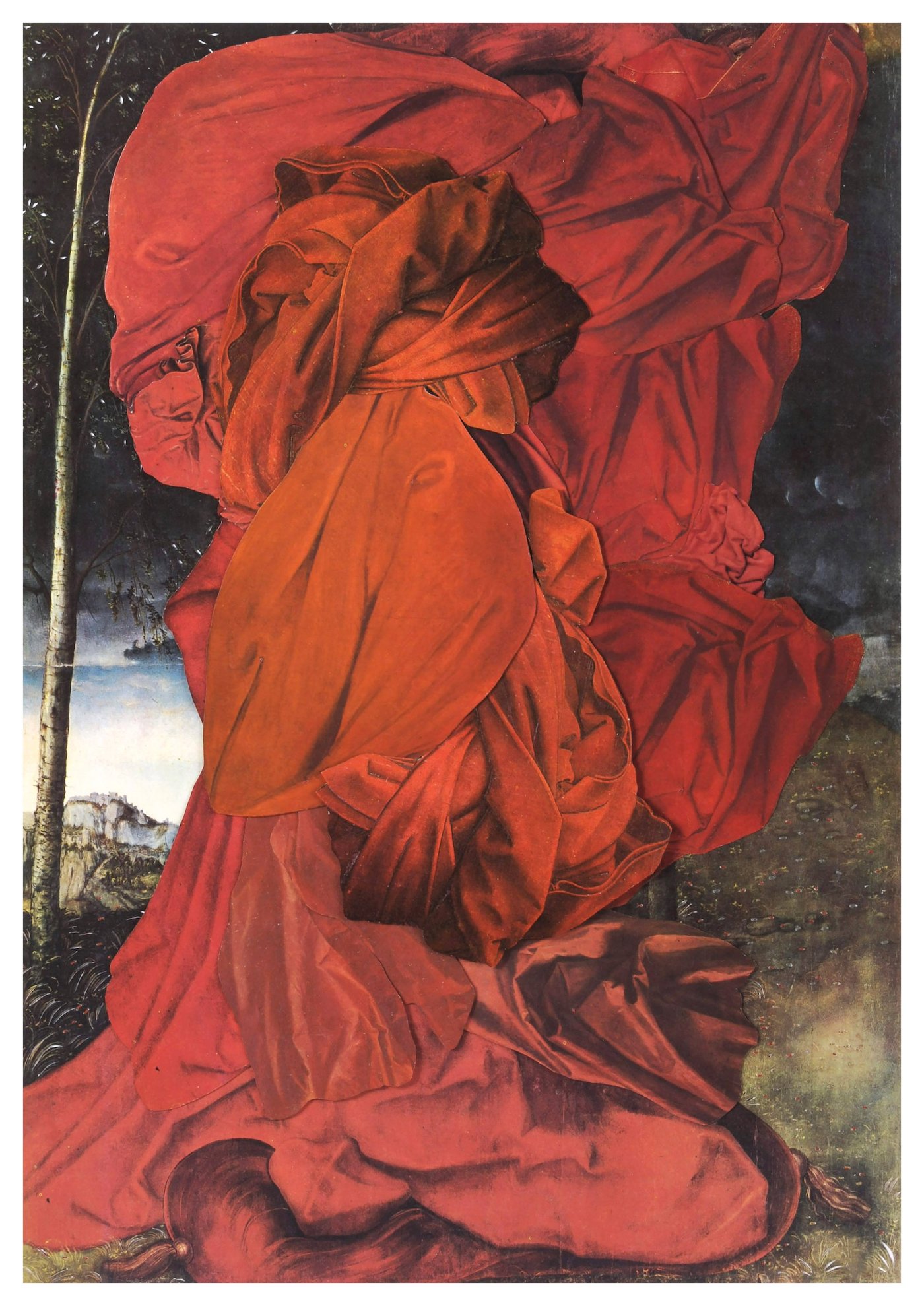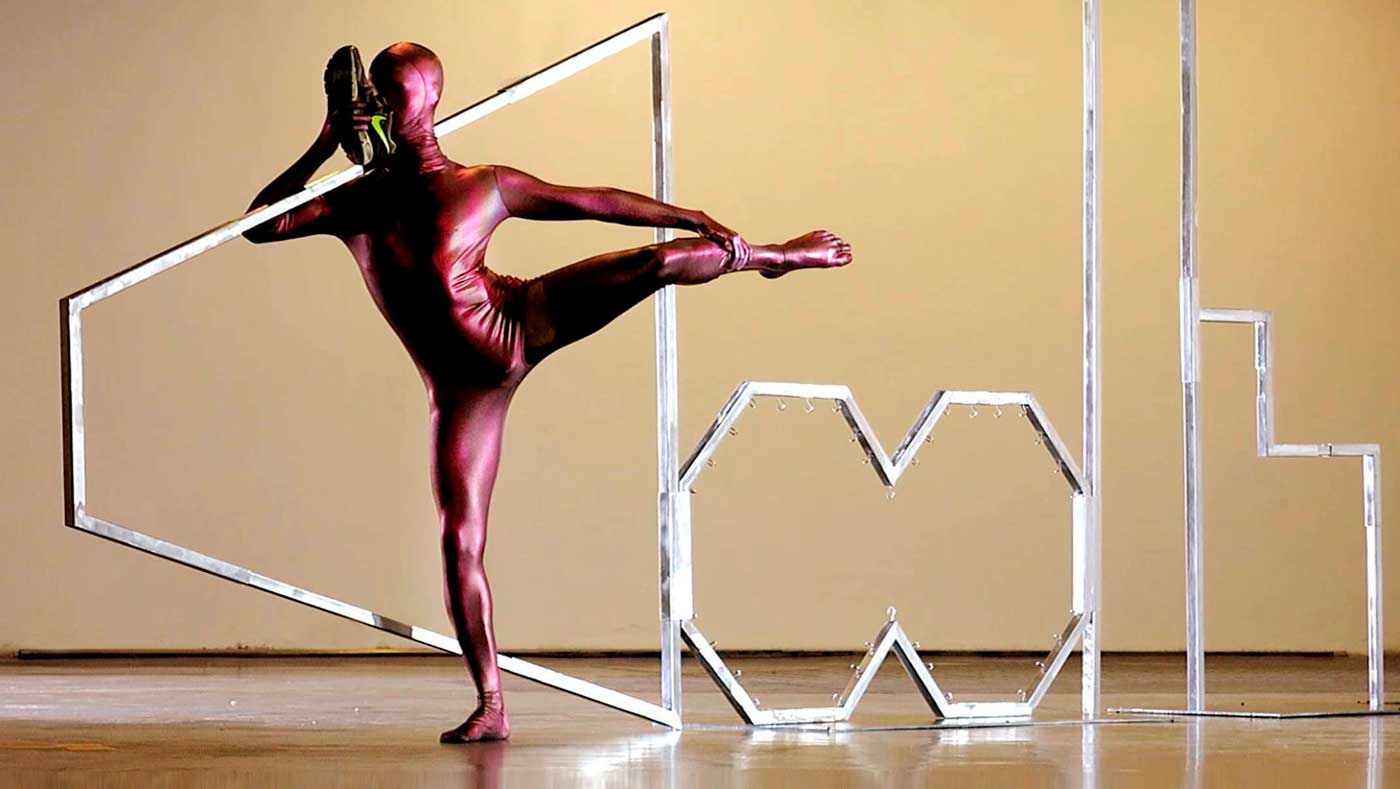Amadeo Azar, Erica Bohm, Eduardo Costa, Bruno Dubner, Marcelo Grosman, Raúl Flores, Gastón Pérsico, Gabriela Schevach, Rosana Schoijett, Marcela Sinclair, Cecilia Szalkowicz y Osías Yanov.
July 1st – August 26th 2016
INFO
A Plan For Escape (Plan de Evasión) is a group show centered on photography which explores the relation of this medium with the object, more specifically the sculptural object. Curated by Ariel Authier, it includes works by some of Argentina’s most relevant artists working with photography.
If photographs today are ubiquitous in their fleeting digital immateriality, to reflect upon their physicality brings us closer to the world of sculpture. In that liminal space between two and three dimensions, between liquid and solid states, the impression of the light and the sensitivity of the surfaces, is where this plan for slippage takes place. In the prison imagined by Governor Castel in the novel A Plan For Escape by Adolfo Bioy Casares, a sort of revolt of the senses is planed, where things cease being themselves and appear as others. In this exhibition sculptures and photographs
camouflage as each other.
A dozen artists participate in this exhibition of photographs, installations and sculptures which includes the bodily transmutations of Osías Yanov, Eduardo Costa, Marcelo Grosman, the spatial cartographies of Amadeo Azar, Erica Bohm and Bruno Dubner and the conceptual explorations on the materiality of photography itself by Marcela Sinclair, Gabriela Schevach, and the collaborative enterprise of Gastón Pérsico, Cecilia Szalkowicz and Rosana Schoijett.
Eduardo Costa shows his iconic work of 1968, a page in Vogue Magazine where an artwork disguised as a wordless ad shows the profile of a young Marisa Berenson wearing a gold ear prosthetic. Costa contrasts this piece with newer work, an equally elegant sculpture of a head made entirely out of layers of paint. Nearby Osías Yanov, one of the main artists in Argentina exploring the theoretical reverberations of the queer body, presents an enigmatic digital forearm
and hand with long polished nails floating in a purplish blue background. Marcelo Grosman employs lenticular technology to freeze a series of cinematic frames taken from educational films which allude to the impact of institutional practices on the body. Amadeo Azar playfully builds plaster volumes which project into space the architectural shapes of Modernist buildings found in old postcards. Erica Bohm displays her archives of space photographies bought from NASA. Bruno Dubner photographs still and empty scenes where a marble counter or a group of rocks
appear as powerful volumes. Raul Flores takes formally compelling photographs of his drunken friends’ pants soaked in urine. Marcela Sinclair brings humor and optical illusion to her intersection of found furniture and its photographic representation. Working in collaboration, Pérsico, Schoijett and Szalkowicz have created a series of “Vanitas”, photographs taken with an old large format camera which quote the tradition of Flemish still life, with dramatic lighting and great detail they portray objects such as a red lipstick next to a stack of packaged sliced bread. Gabriela Schevach’s picture of filing cards asks the viewer why is photography important for her.
